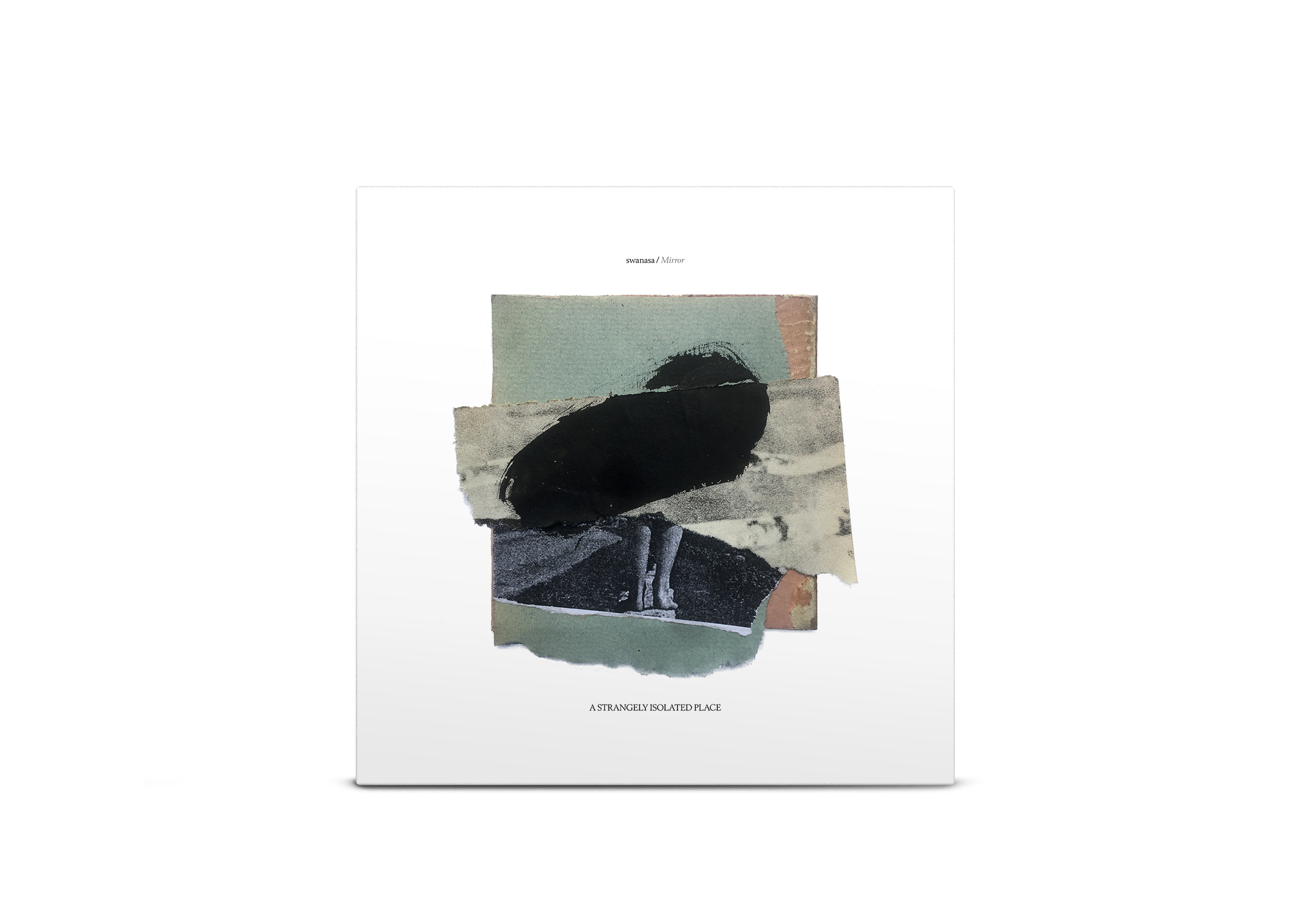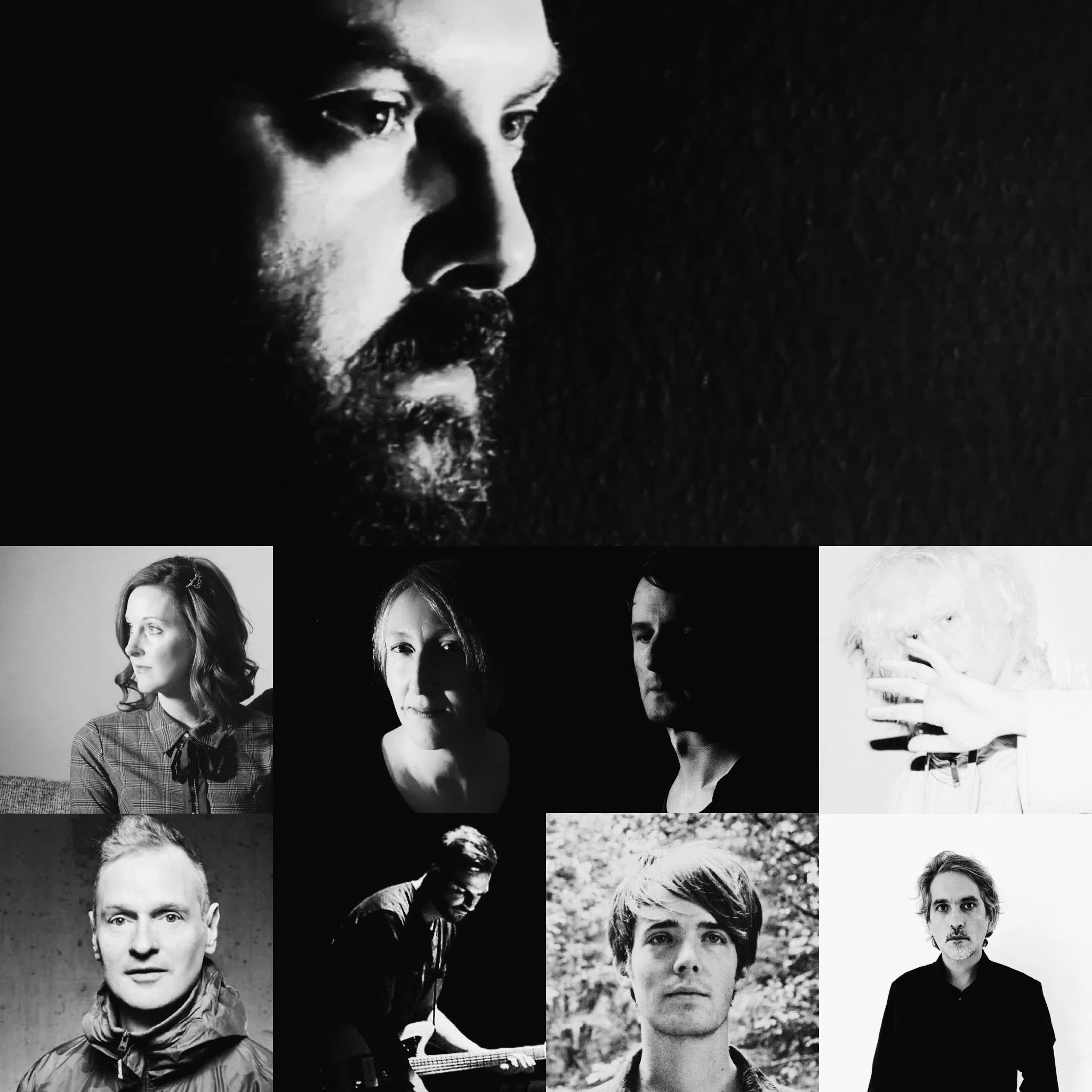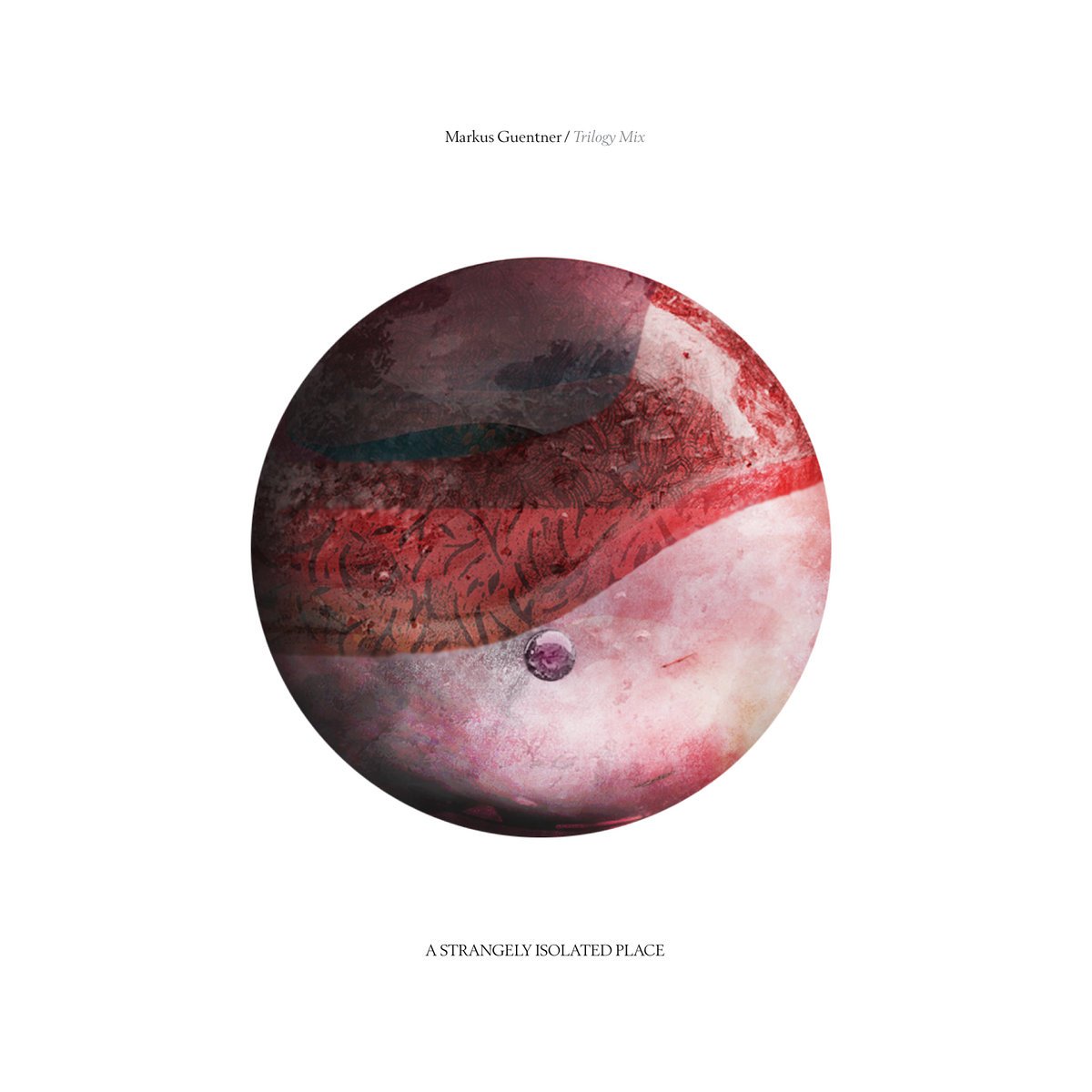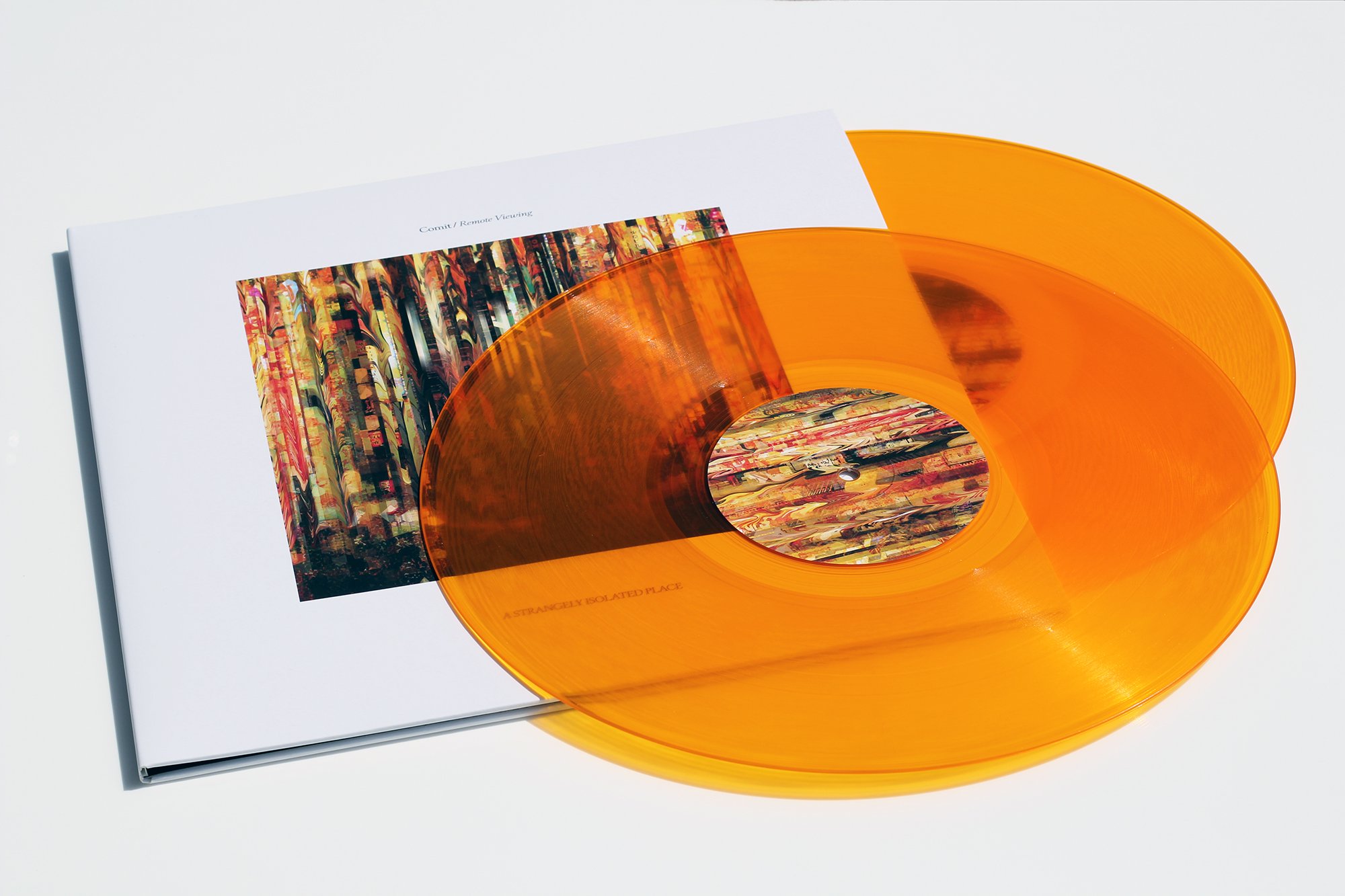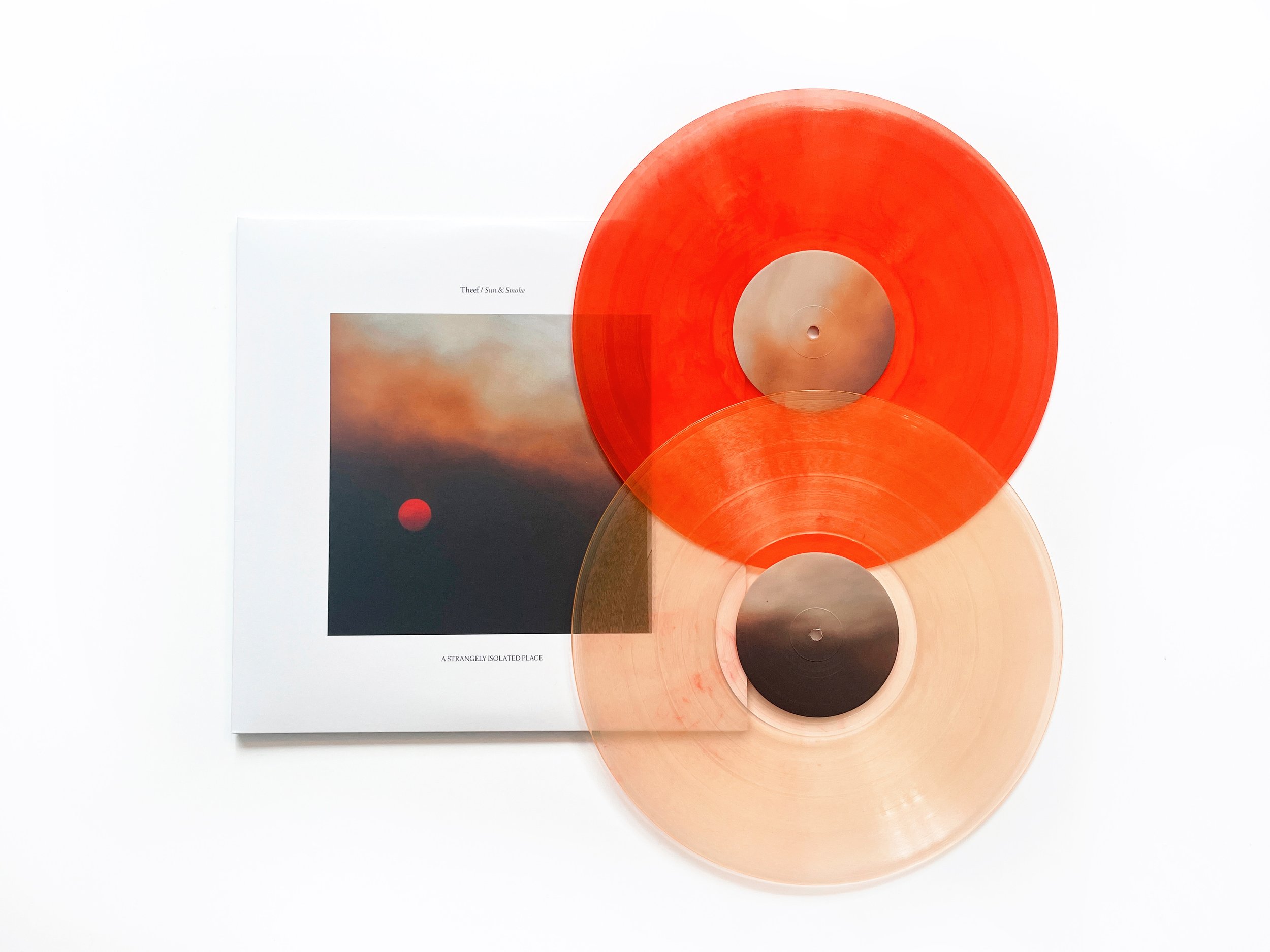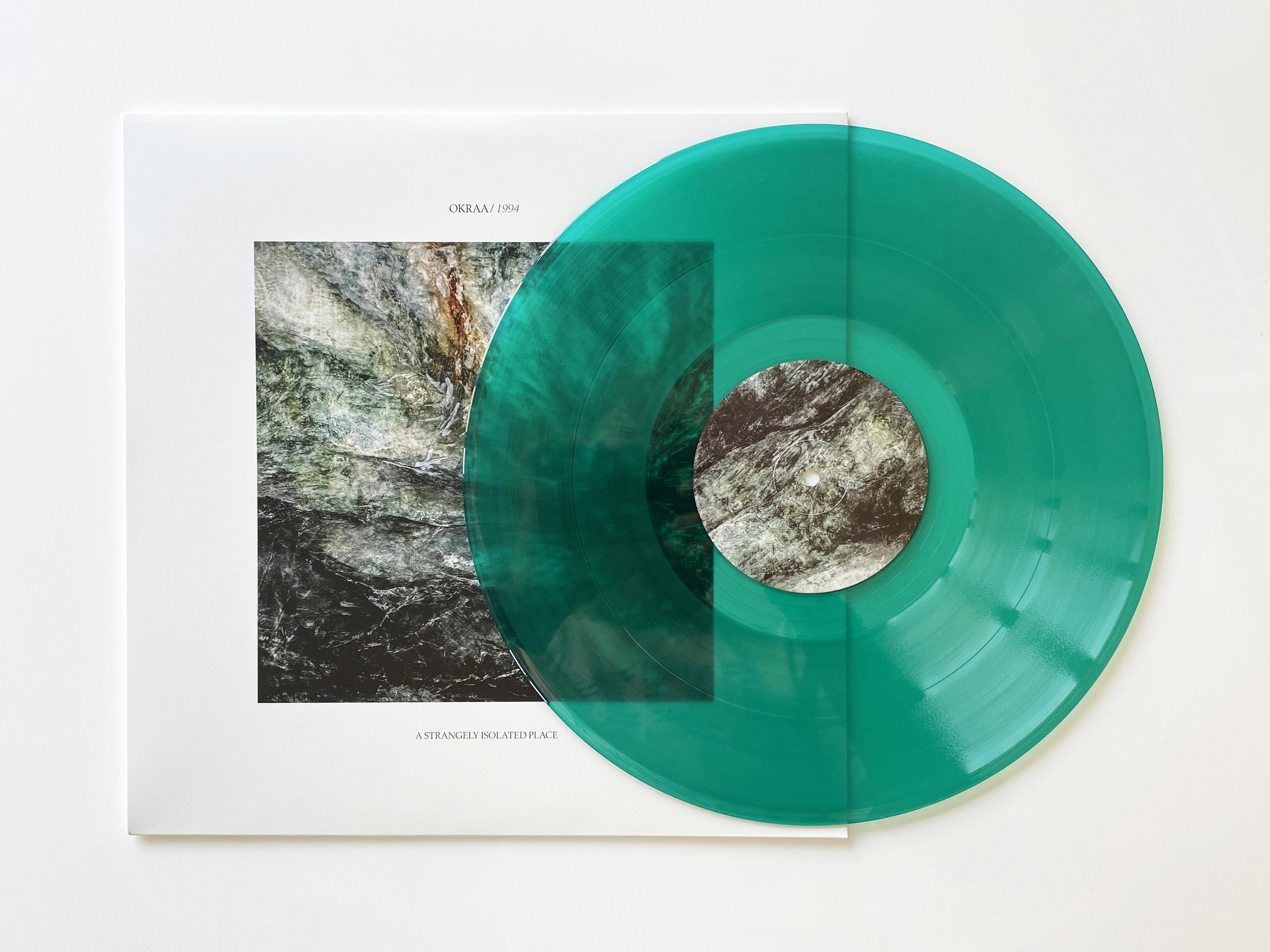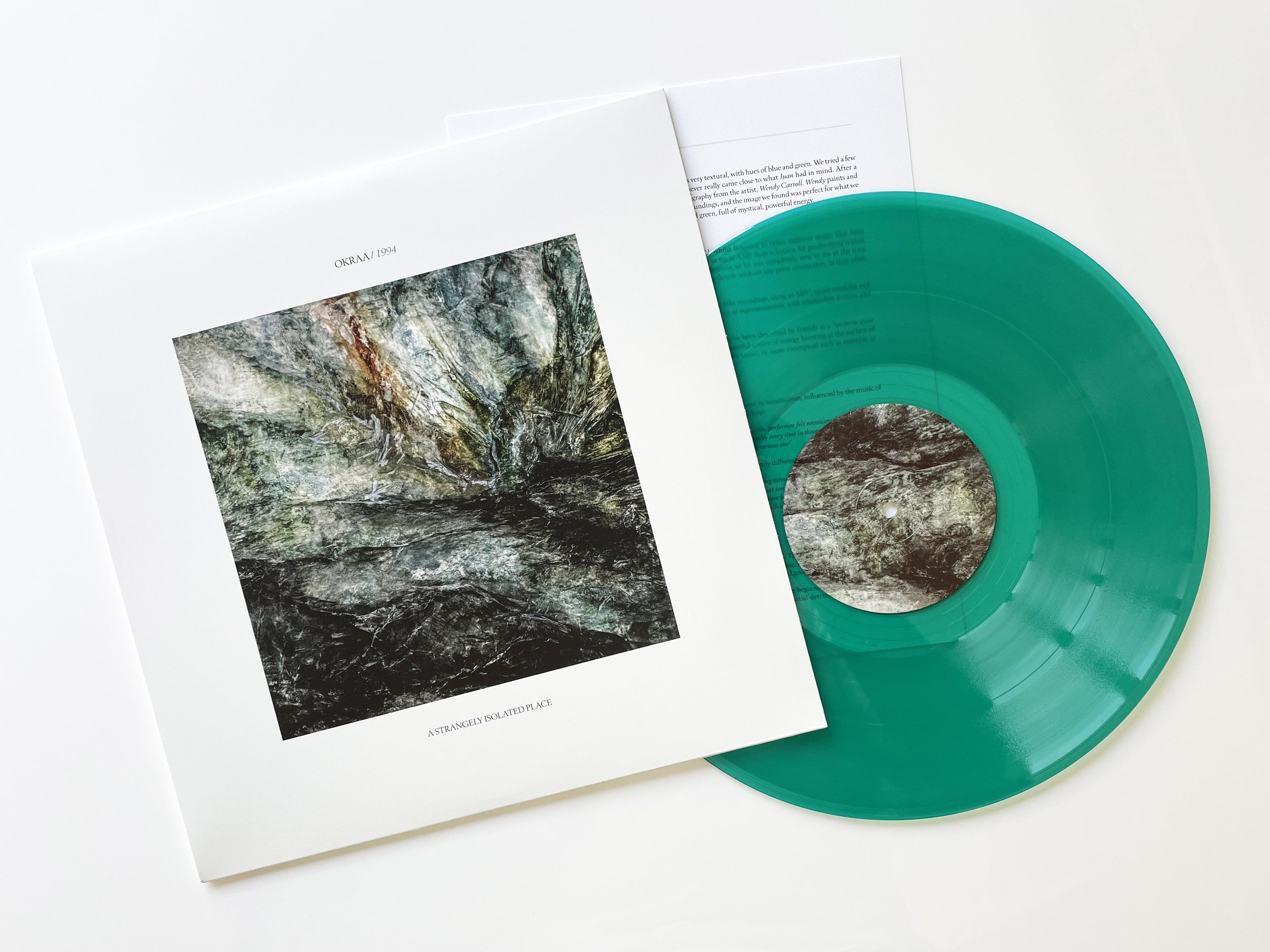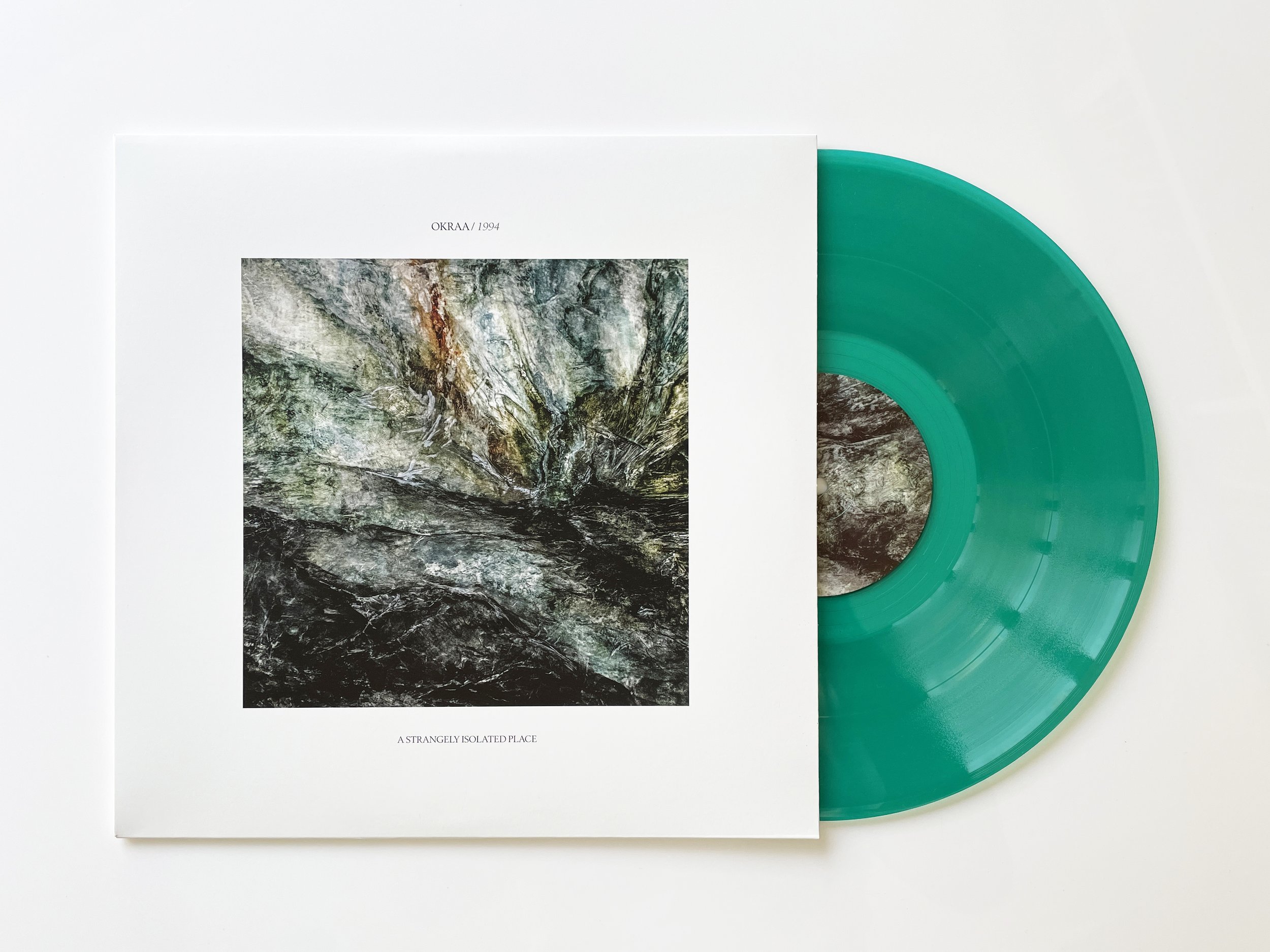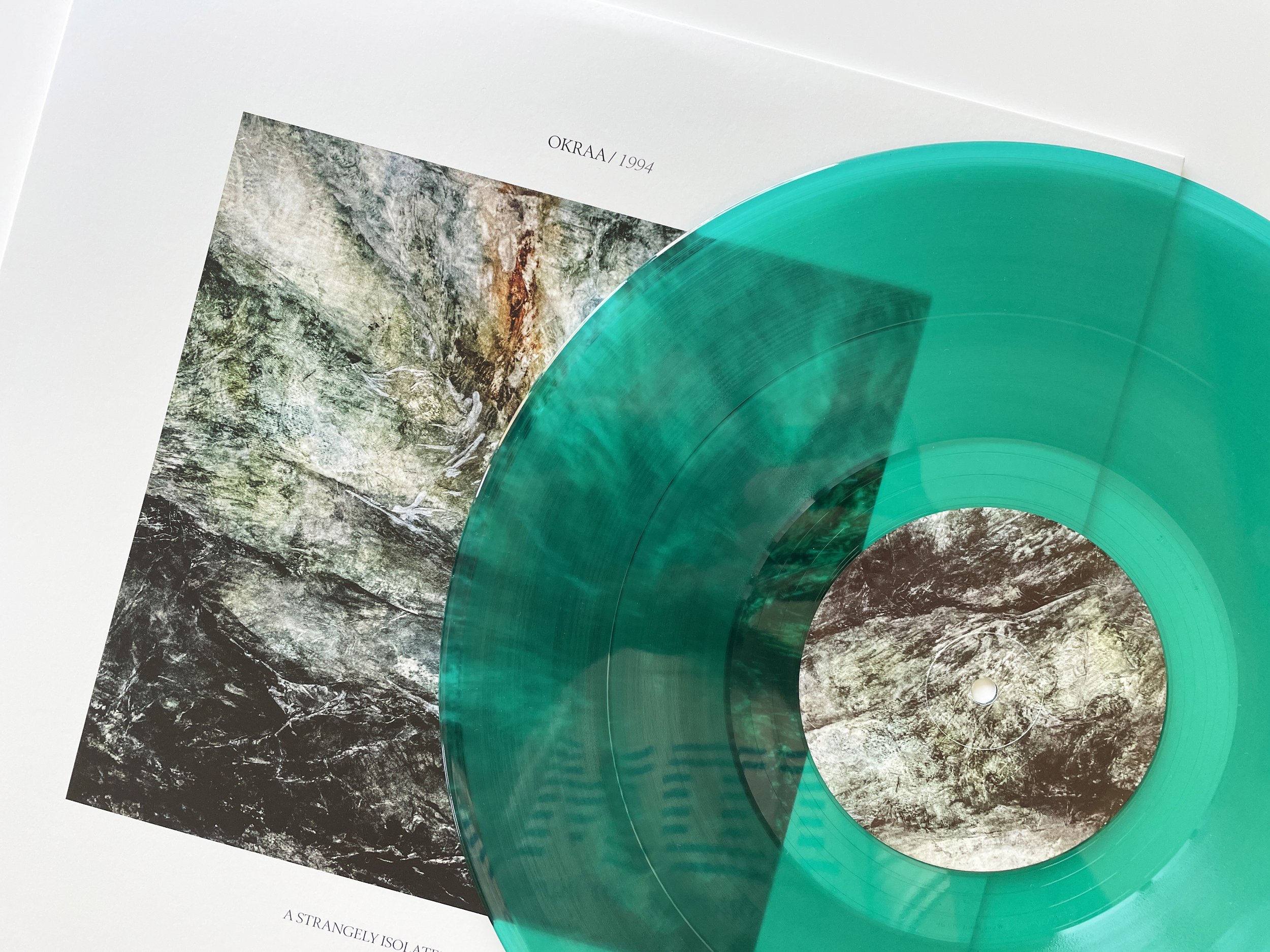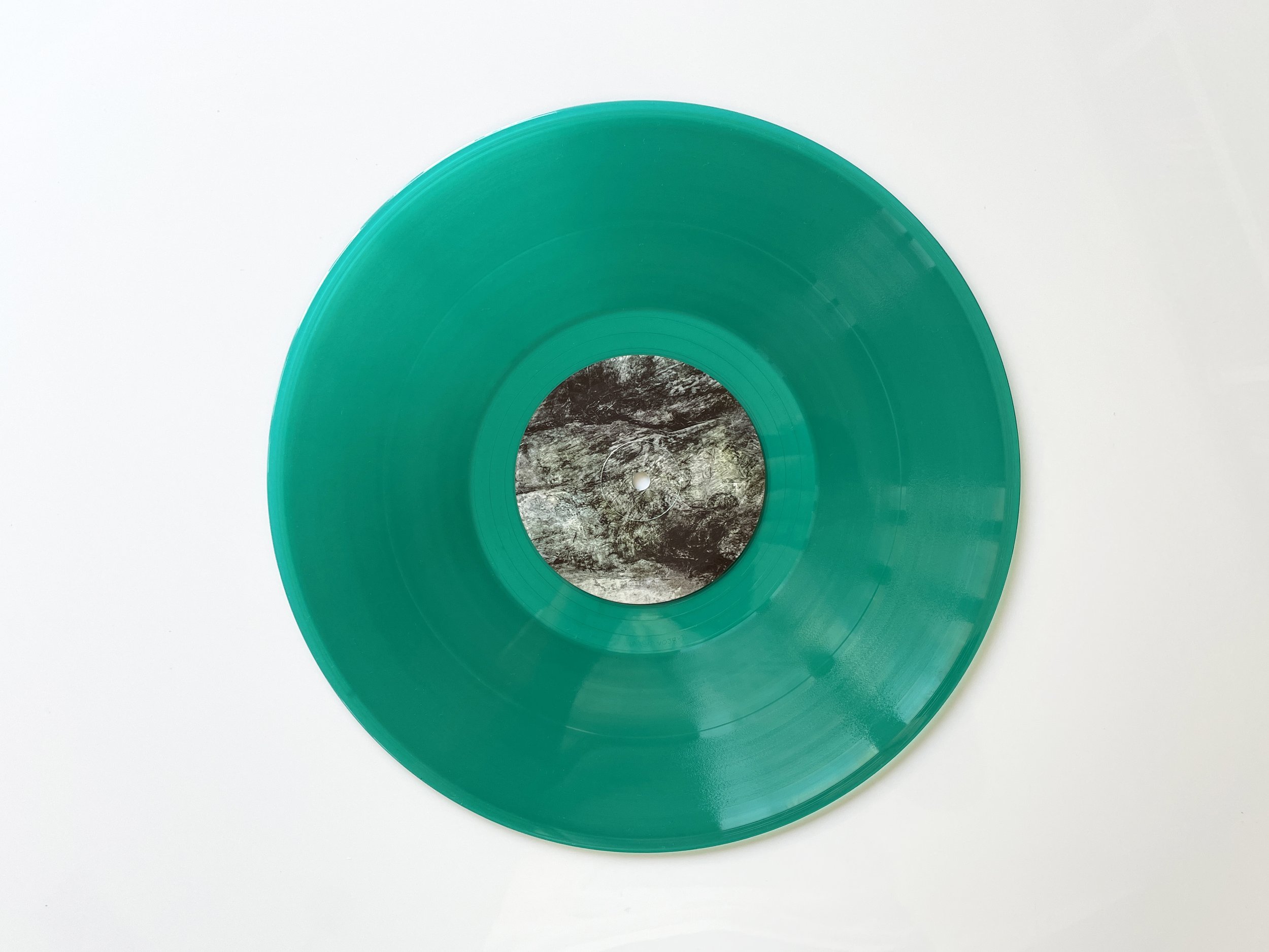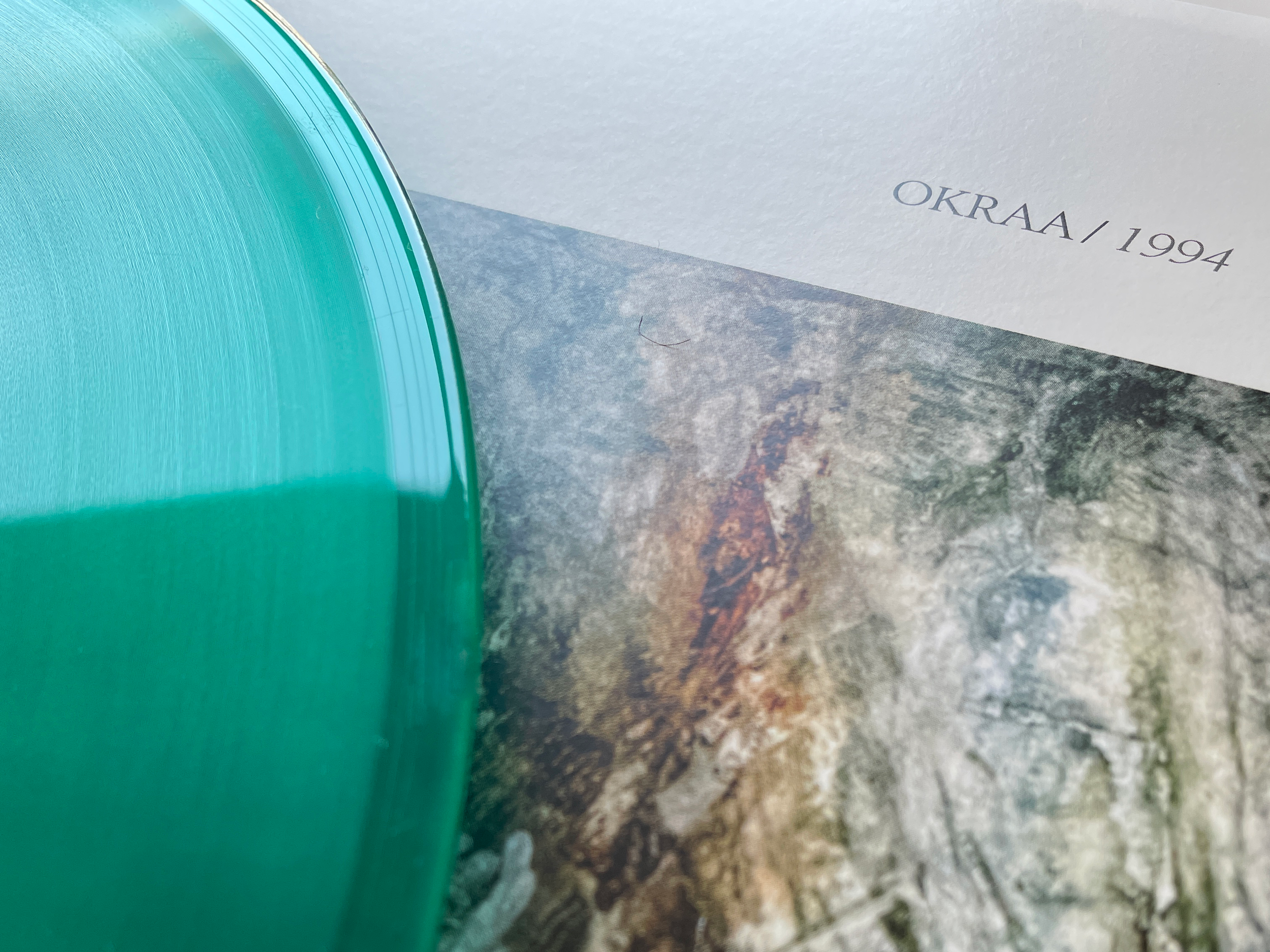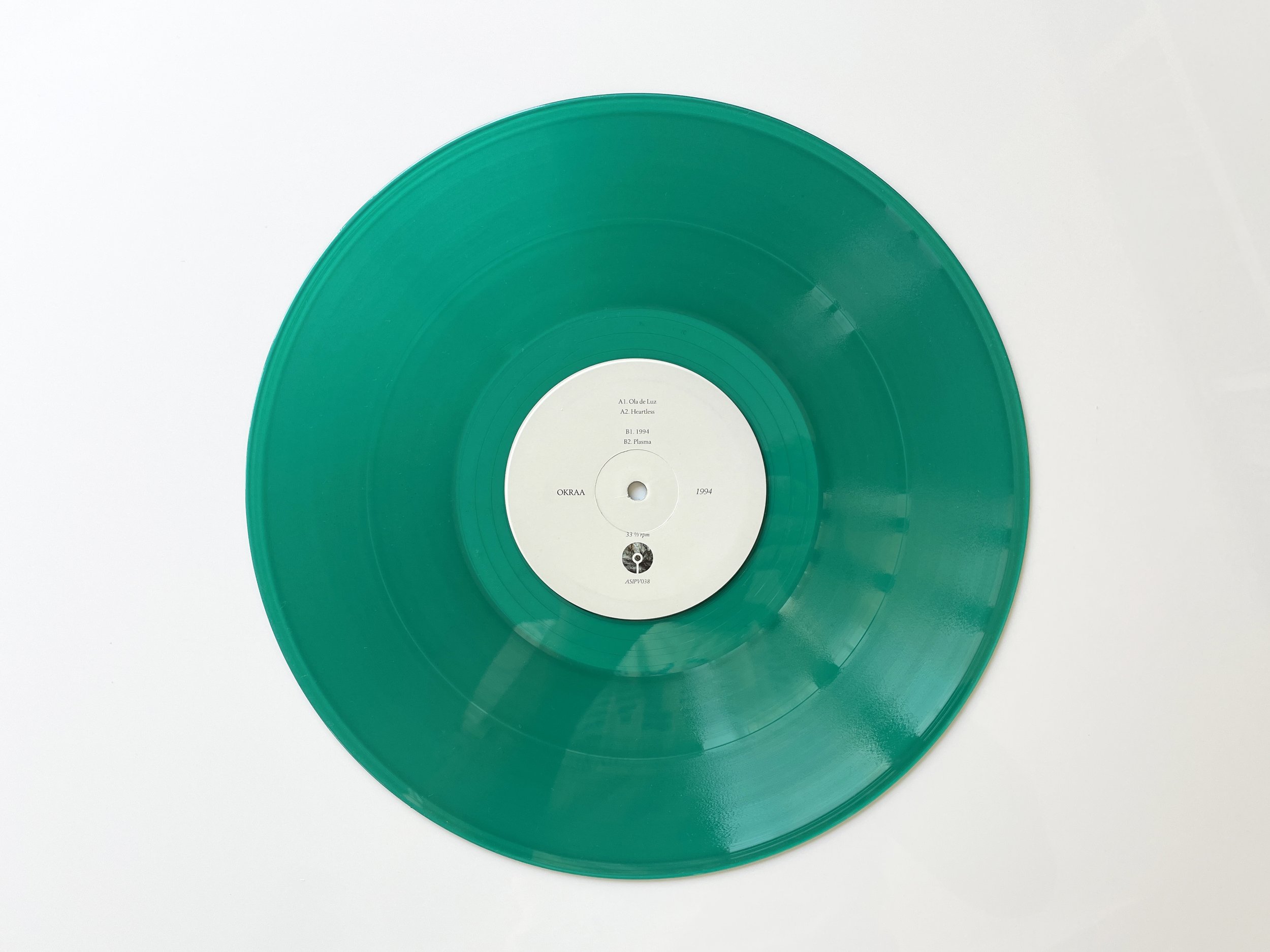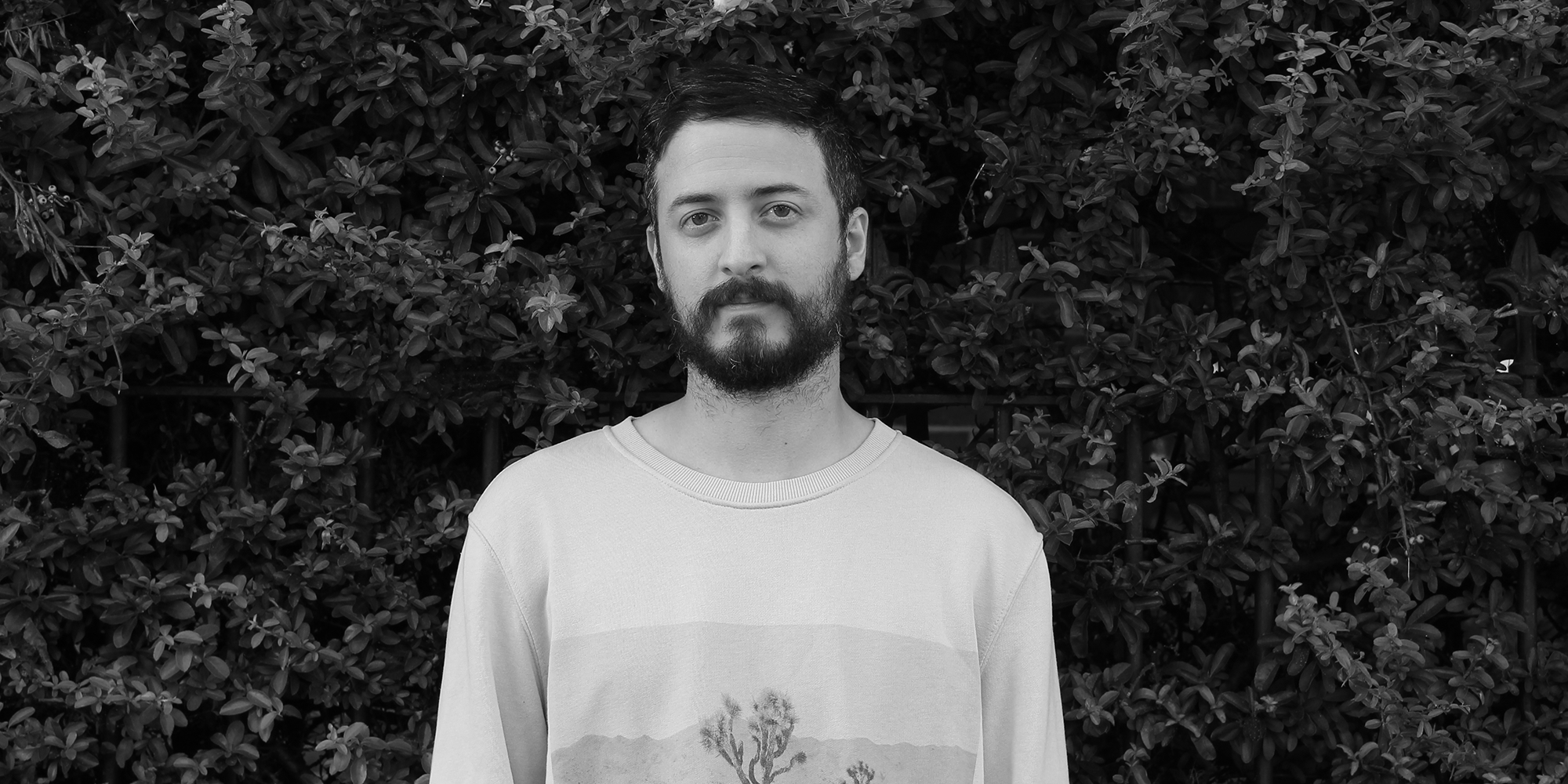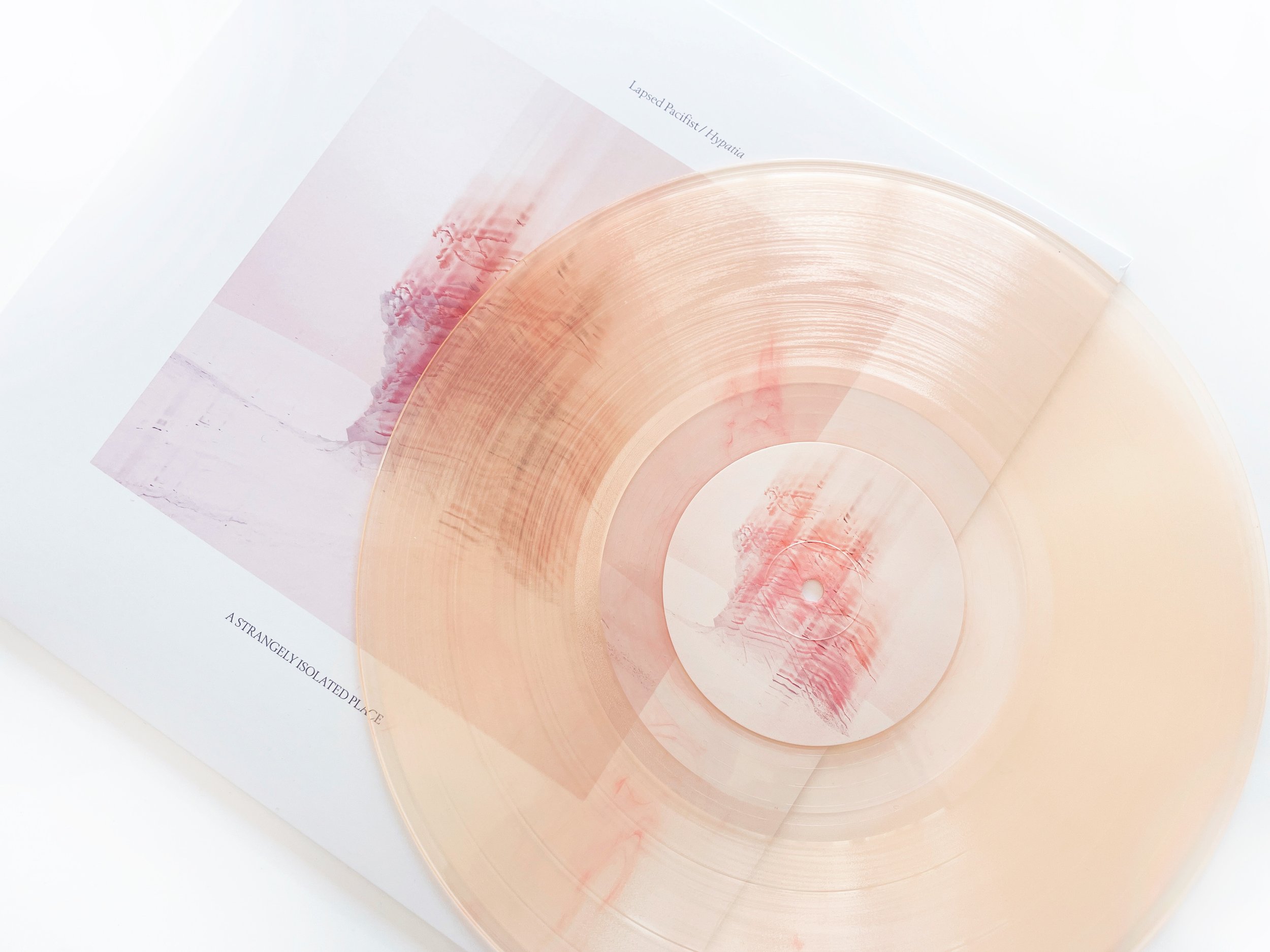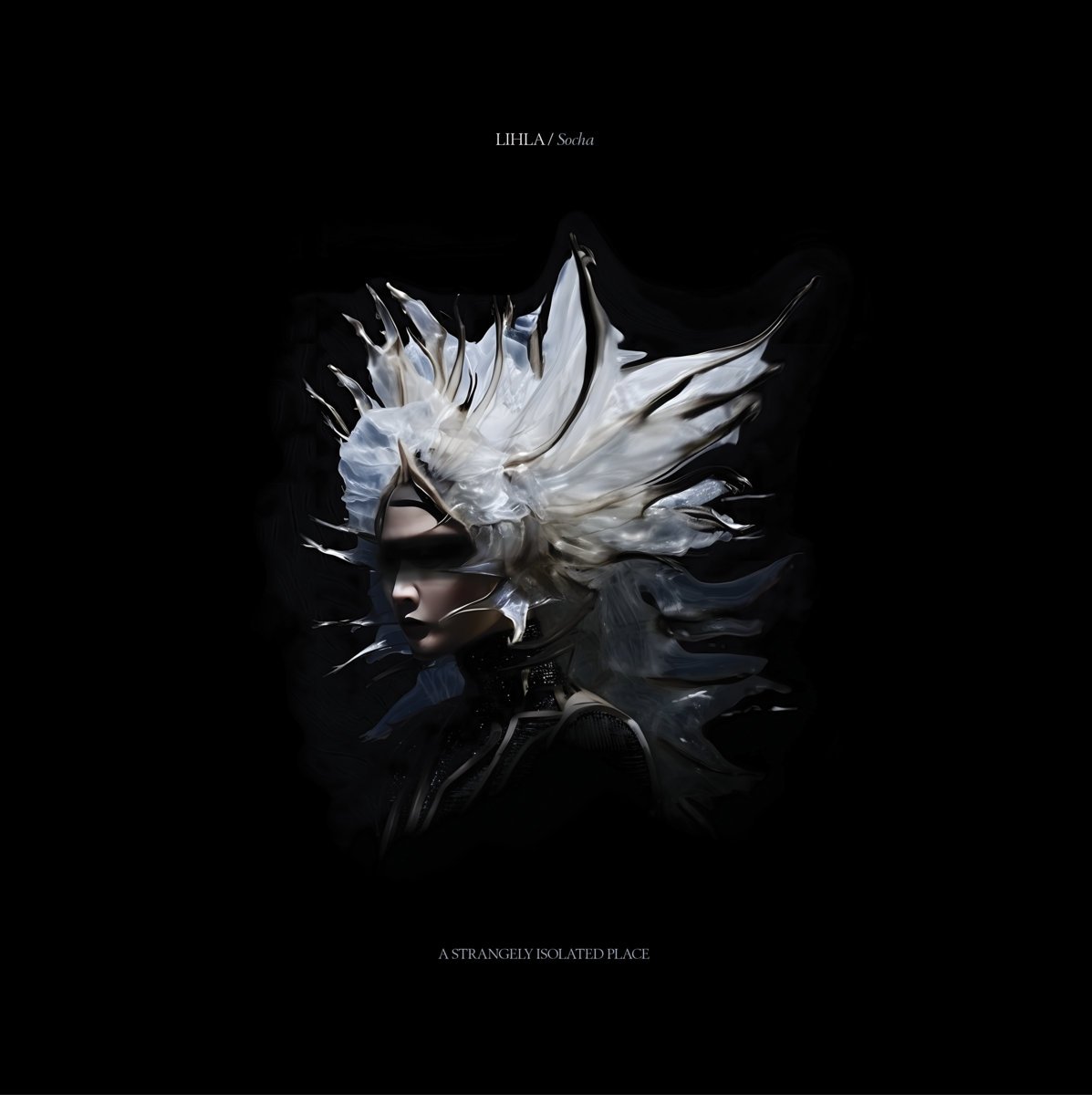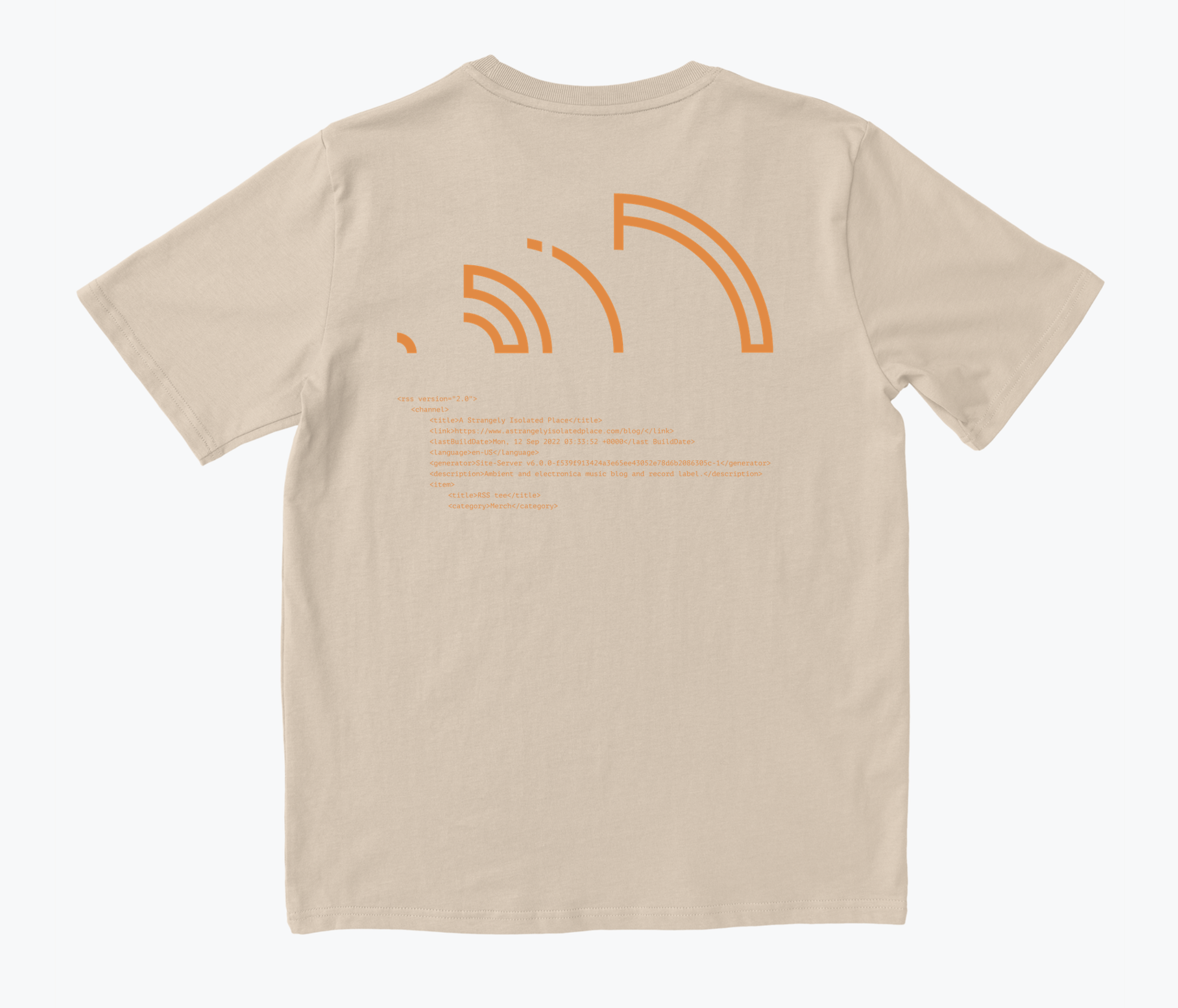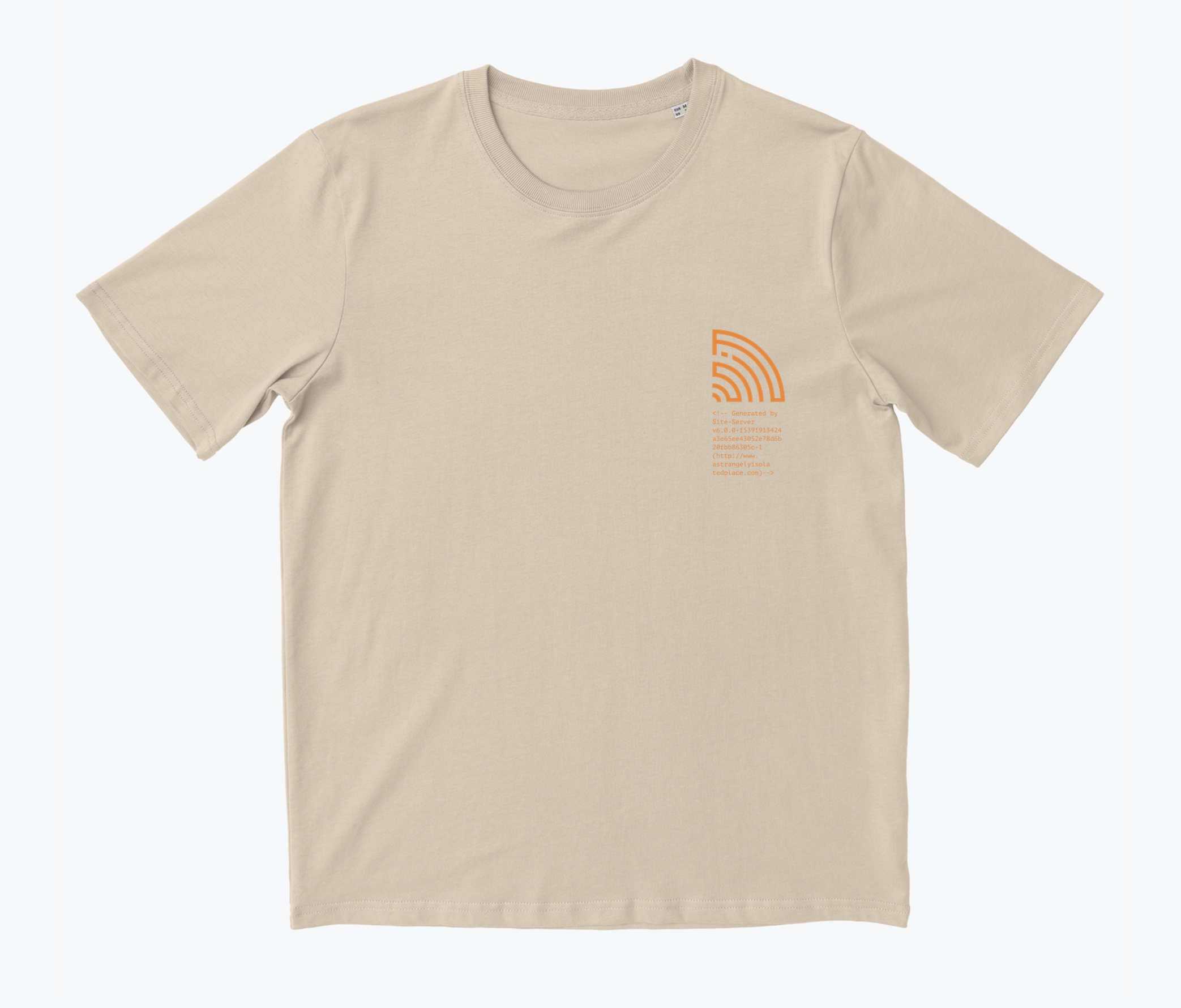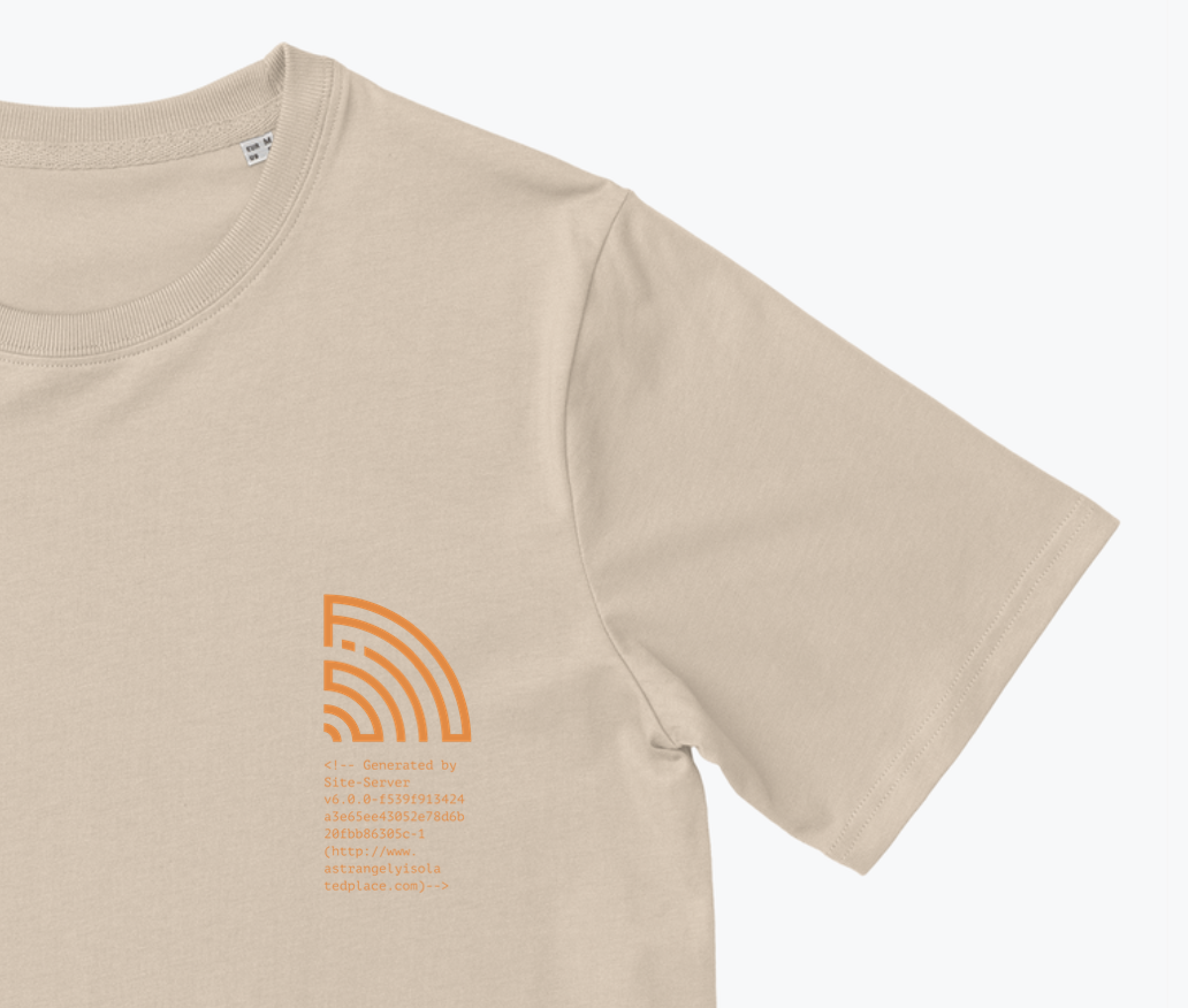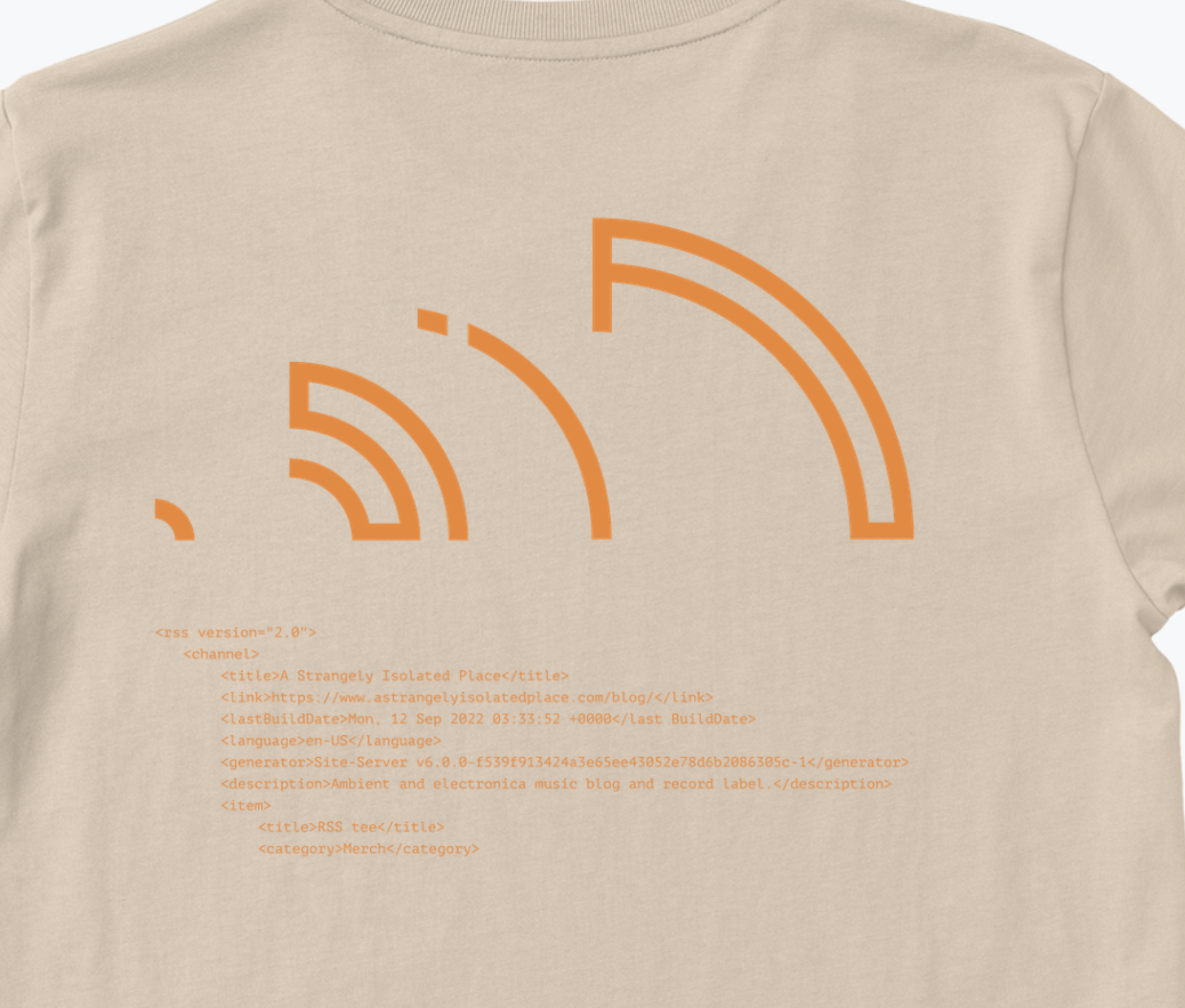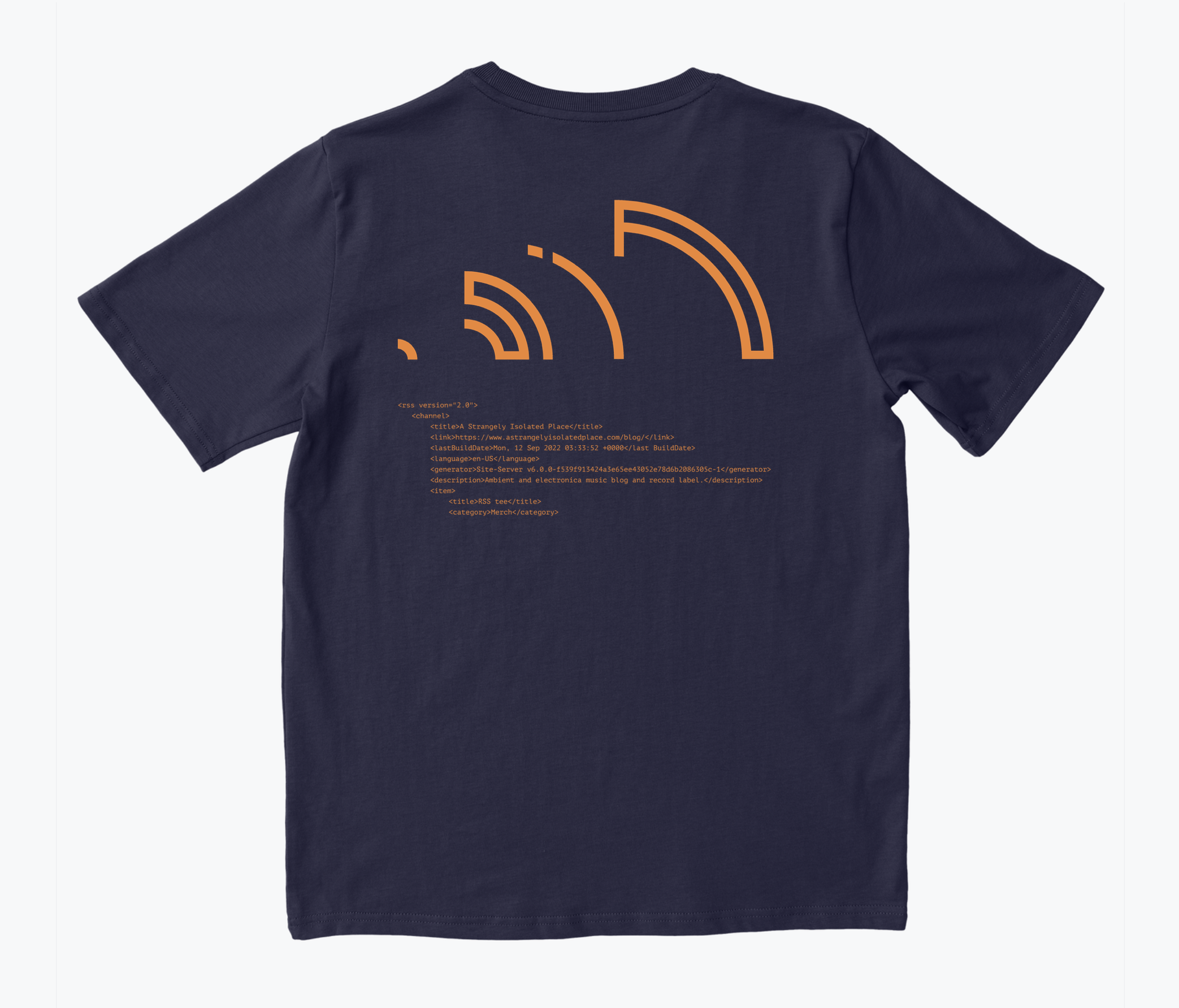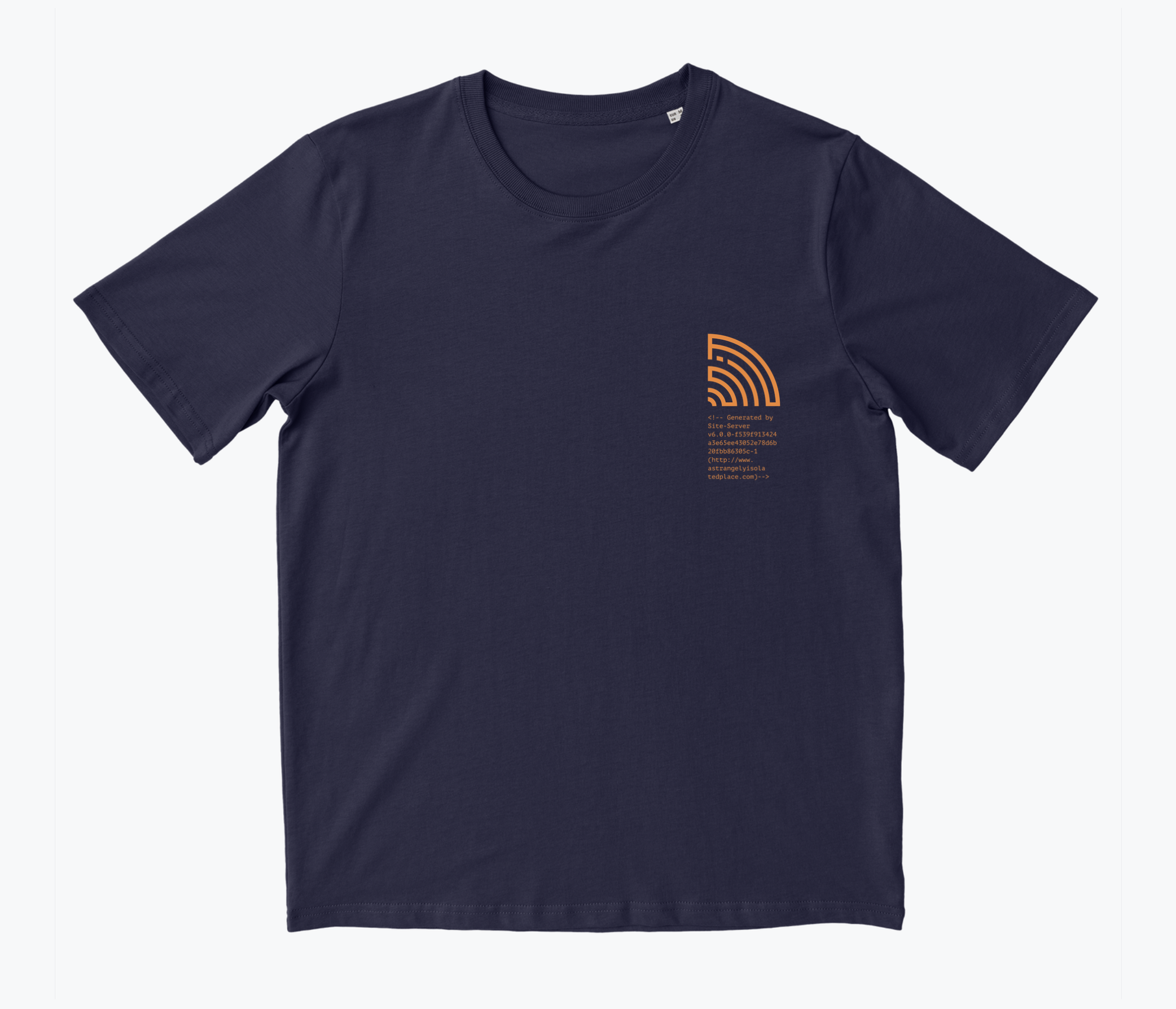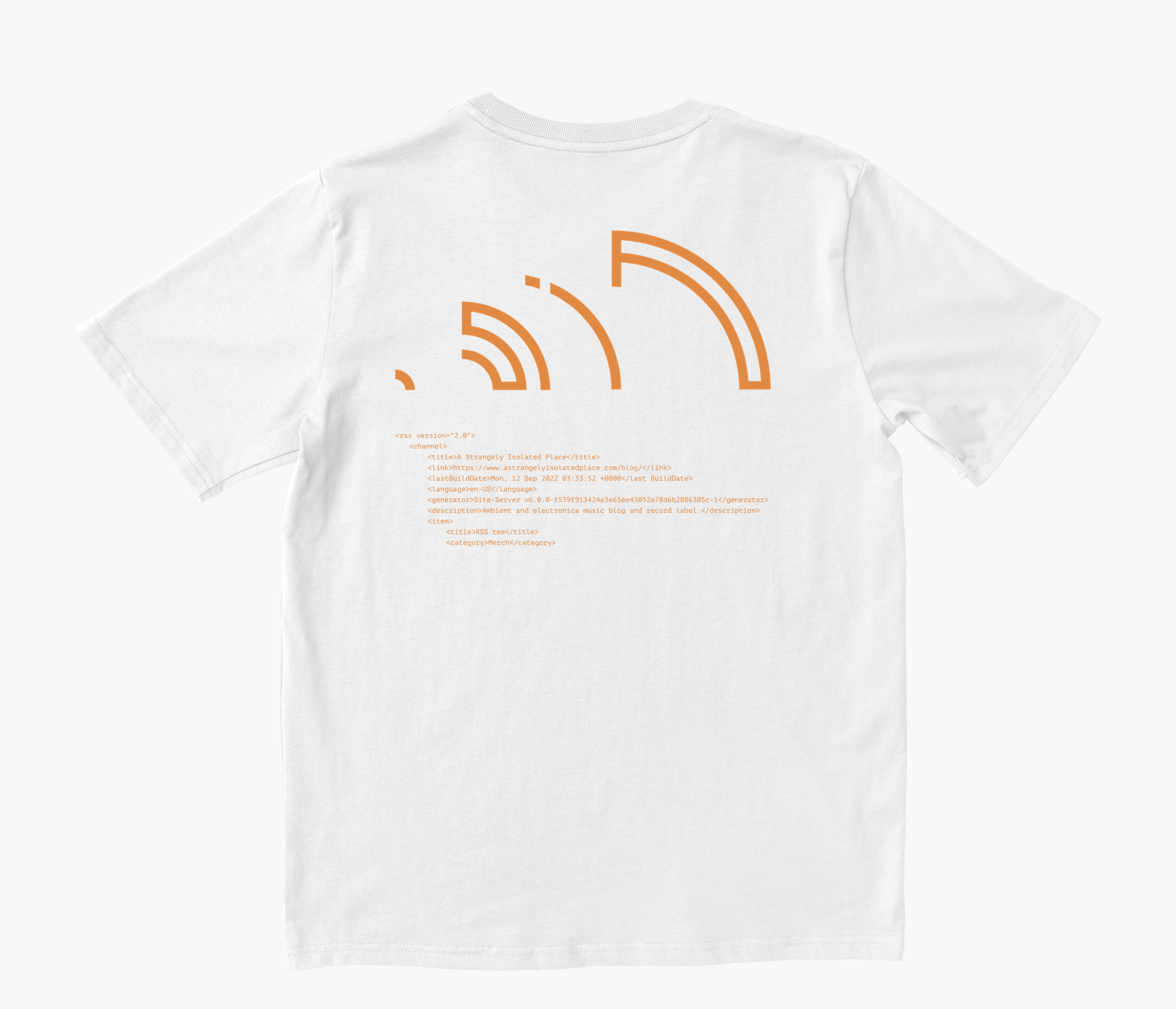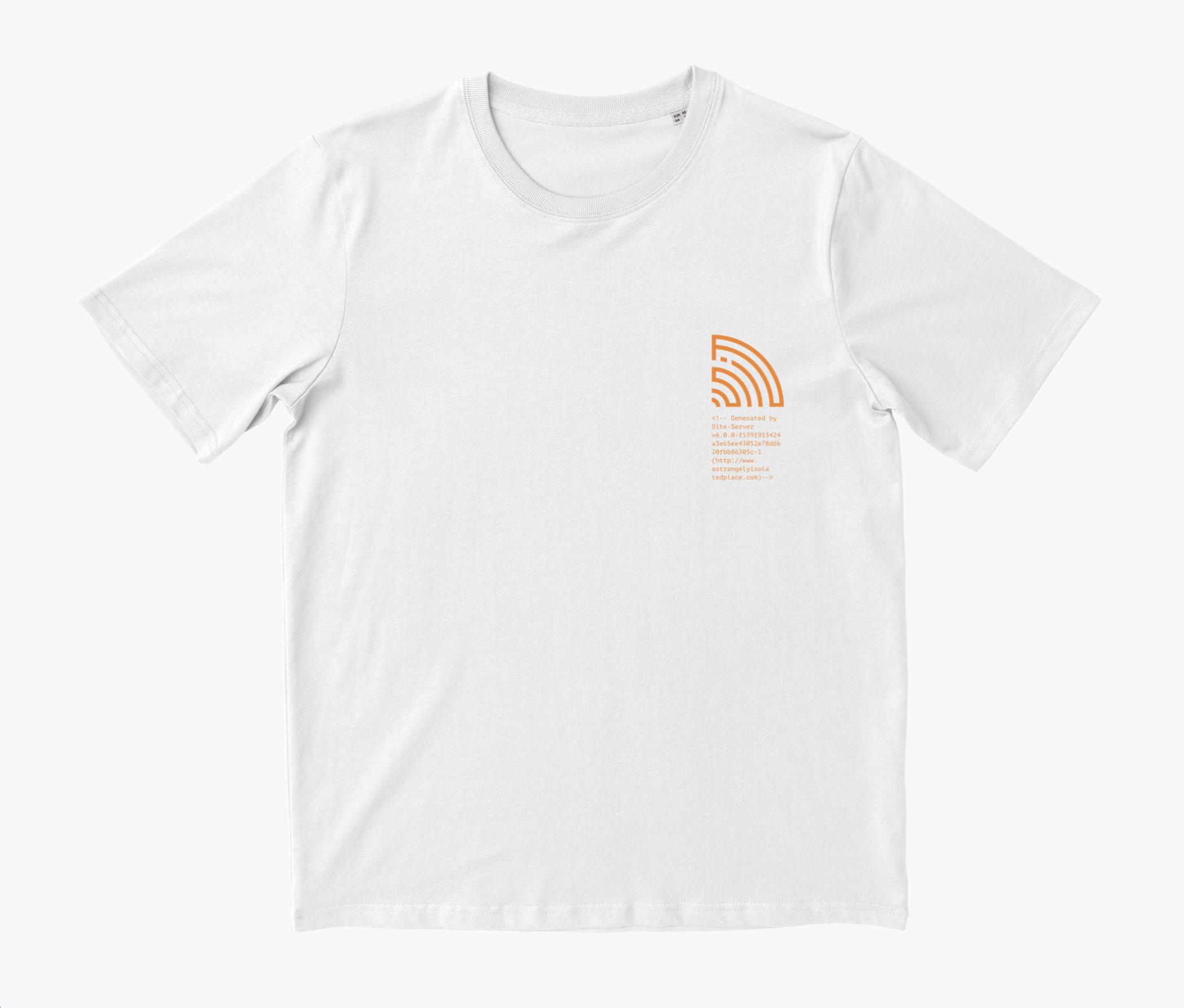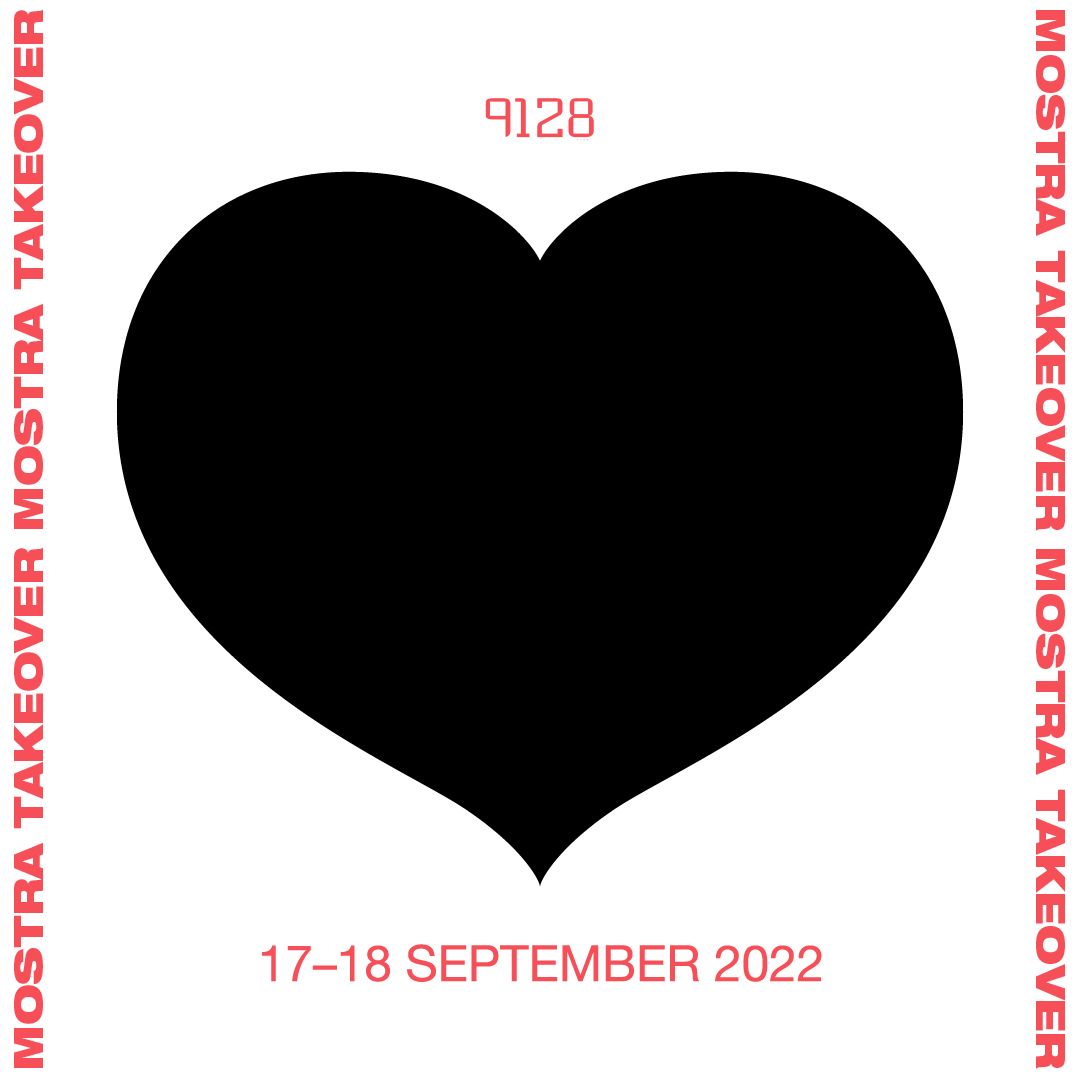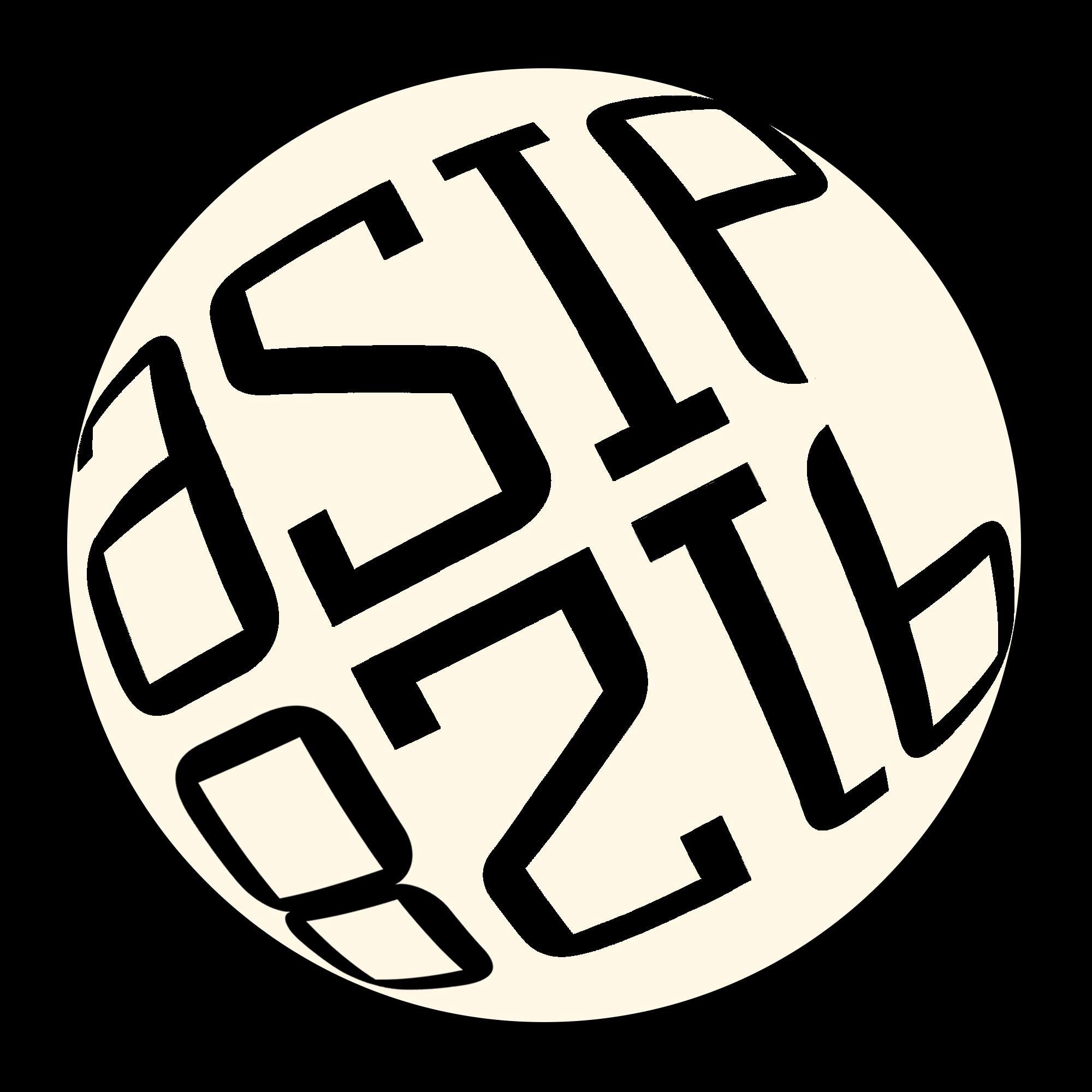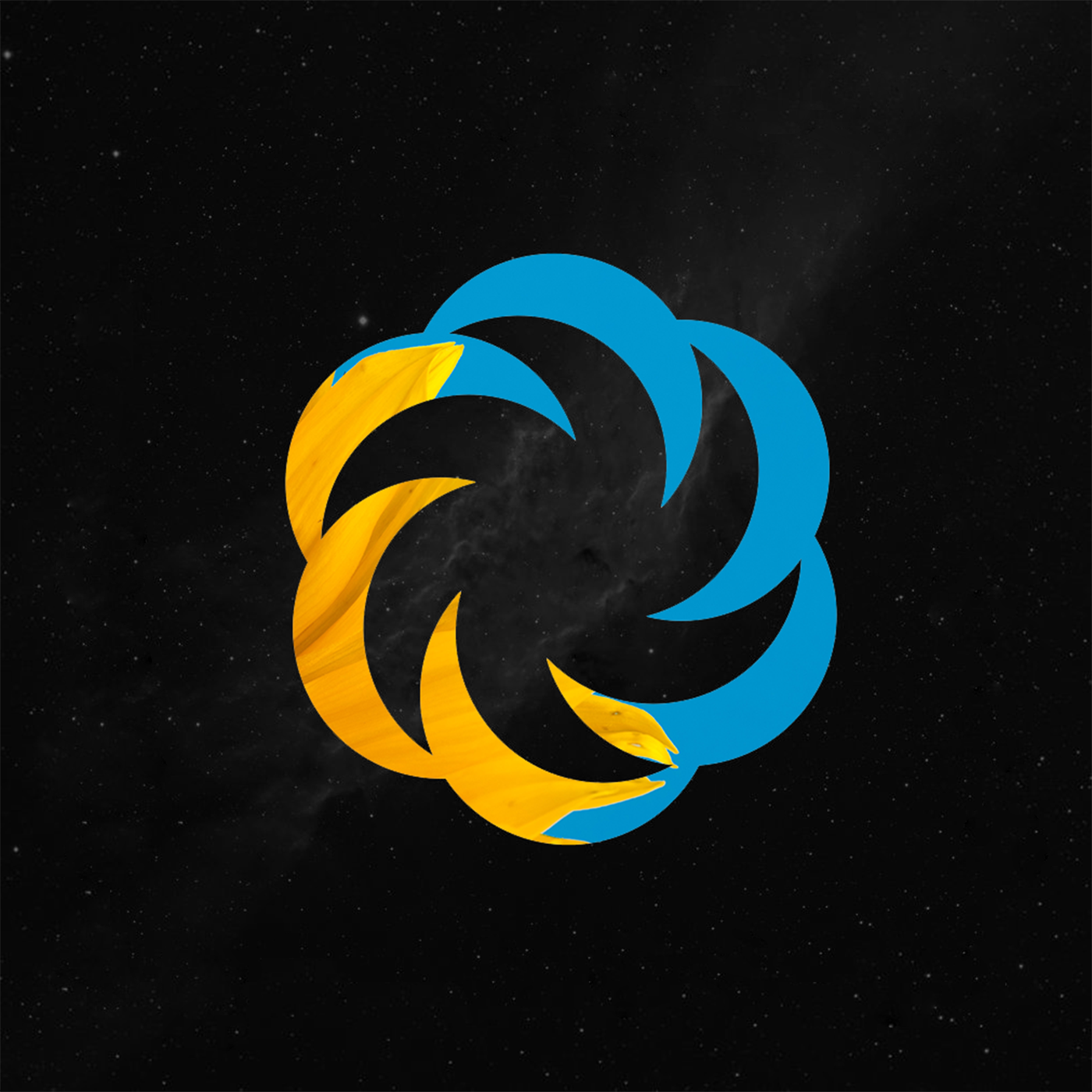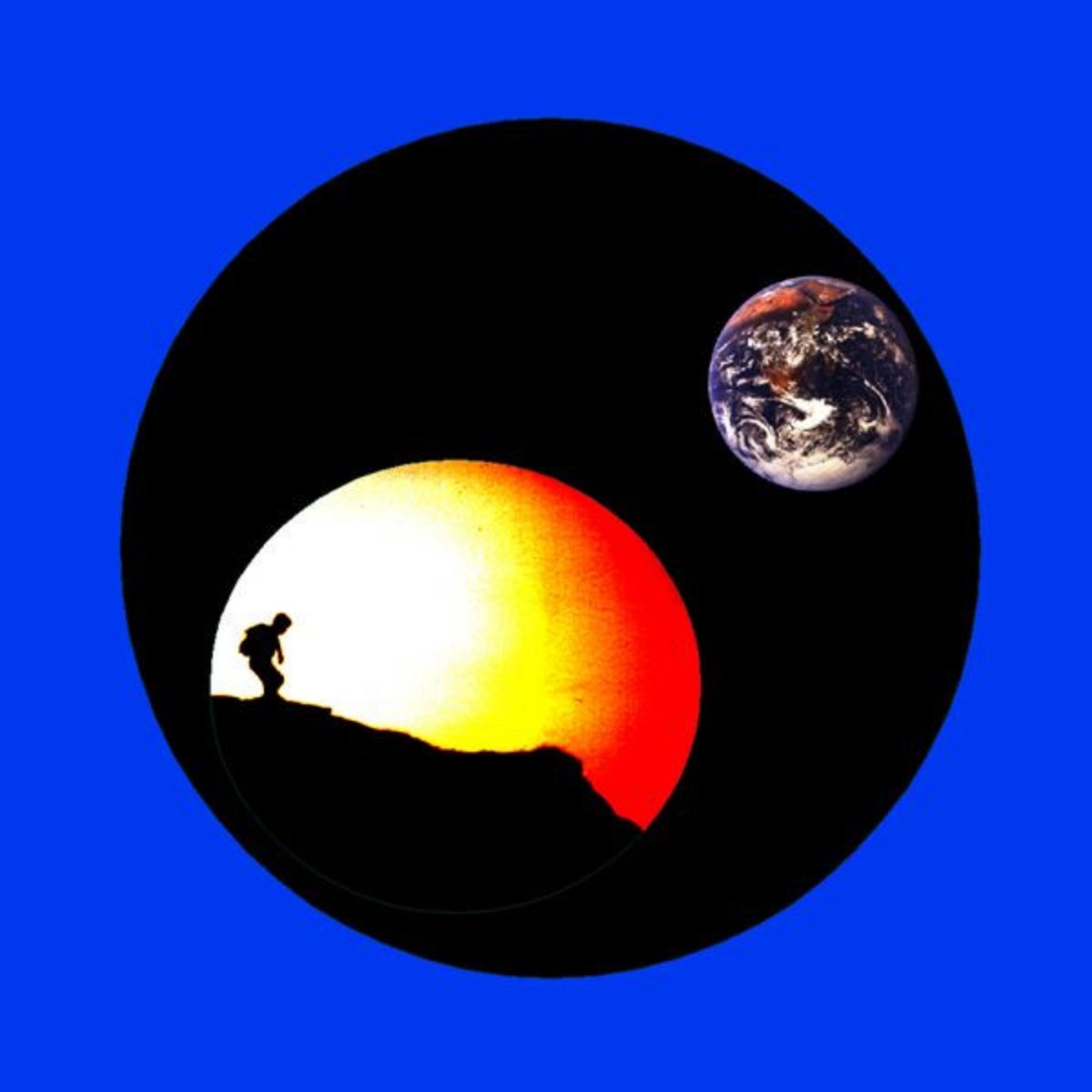Out today, we are excited to present a new album by Deepchild on A Strangely Isolated Place.
Australian producer Rick Bull aka Deepchild has a rich catalog of varying techno-leaning productions, appearing on labels such as Affin and Trapez and local Australian outlets since the early 00’s. His most recent, Fathersong came on the ineffable Mille Plateaux; a shimmering post-dub vista, rich in granular textures, inspired by the modern contemporaries.
Mycological Patterns arrives as a post-script to Fathersong, with a more playful approach and an homage to Rick’s love of mushrooms. Utilizing midi clips to generate chordal movement and reharmonize material he has long been obsessed with (such as old vocal recordings, vinyl rips and Peter Gabriel acapellas), Mycological Patterns plays out like a mixtape on purpose; a sketchbook of styles documenting the shifting abstract microcosms the album is titled after.
It’s an album that reminds Rick about the importance of play, especially after grieving the recent loss of his father. Featuring two tracks utilizing Holly Herndon’s AI project ‘Holly+’, the idea of experimentation and letting go spawned perfect anomalies. It was the ‘dithering artifacts, glitches and moments where the AI code revealed its underlying humanity’ that completed the concept Rick originally set out to create.
Mastered by Jay Hodgson at Jedi Mastering and featuring artwork photography by Christopher Landin, Mycological Patterns will be available as a digital download and on all streaming platforms from November 4th 2022.
Many people may know you for your techno-inclined productions. What inspired this recent move into more textural/ambient pieces?
Deepchild: I’ve always loved techno, both for its titular ‘functionality’ and the way my experience as a DJ has one of compositing works in context, written by friends and colleagues as a kind of ‘micro-history’, telling a story of place and relationships in particular communal space.
Bridges between Berlin, Detroit, London. For so long, this ‘ecology of place’ felt like a driving force as a ‘techno guy’, but feels increasingly atomised to me in a digital universe. I left London 3 years ago, and Berlin in 2016 after long stints based there. Somehow, this very physical departure from ‘club ground zero’ to the coastline of Sydney, Australia, made the experience of writing for these spaces feel a little dissociative. Not always, but rather more in recent years.
Moreover though, relocating to Australia in 2019 due to my father’s ill health set in train a kind of musical liberation which has certainly changed the flavor of music I’ve been writing of late. After dad died, I decided that it was time to ‘try easier’ and stop ‘grinding’ (this notice of ‘grinding’ and ‘hustling’ is so abhorrent to me) and allow myself to rediscover music beyond the ‘techno industrial complex’. To sift through the ashes of it all. My wife and I joke that dad gave a ‘transmission’ to me to stop and allow some things to be born again with courage - and leaning into fresh musical climes was part of this for me. I adore so much from the ambient and contemporary classical cannon, but it’s taken a while to explore this as a composer.
Steve Reich, Philip Glass, Rod Modell, Arooj Aftab, Aphex Twin, Brian Eno, Vladislav Delay, Sleeparchive, Lawrence English, William Basinski, bvdub and The Caretaker all shepherded me through this recent moment…
What’s remained pivotal and surprising to me has been email correspondence from people like Lawrence English, William Basinski and Brock (as well as old friend Joachim Speith from Affin), all of whom have been so deeply encouraging. This, I must say, is a radical departure from much of my experience of techno-politic, which has sometimes felt a little cannibalistic. Labels like ASIP are wonderful examples of an alternative ‘conversation’ to me, and I’m just so touched to be involved. There’s no mention of Beatport charts, for a start, which is refreshing.
Your recent album on Mille Plateaux, how did it come about and how would you describe this album?
Fathersong was written as a requiem for my father, who died from Dementia related causes 2 years ago. It’s a product both of magic and accident, as well as some degree of intentionality (certainly in spirit). When I listen to it, I think of my father - and ultimately, this was all I wanted to achieve.
After dad died, it felt important that I use the opportunity to ‘stop’ for a while - to take stock of my life, to mark his legacy, to allow for the fullness of grief to reveal its blessing.
I suppose this notion is pretty orthodox in a typical religious sense - an intentional year of mourning, of grieving, of marking a departure. For me, this initially took the form of journaling, of framing up some of his paintings, and of exploring a kind of gentle, musical ‘free-association’, underpinned by lots and lots of therapy.
Lessons from therapy seemed to suggest that generally having less to prove or account for were the ones worth embracing, and the album process was very much a literal exploration of this.
It may sound ridiculous, but much of the album was composed from exploring generative software tools between extended sessions playing the XBox first-person shooter game “Doom”, or overlooking the ocean. Dad’s illness was informed by a life of overwork and exhaustion, so I’ve felt like honoring him involved challenging these notions with my own strategies.
Essentially, I became interested in the value both of anger, self-soothing and roleplay (and playing Doom is a fascinating exploration into this) which are often precluded by our culture’s resistance to acknowledging mortality, and supplanting this with distraction and virtue-signaling. Xbox and ambient music are two valuable tools in my arsenal. As a music producer and sound designer, I’m fortunate that my creative impulse is generally always ‘there’, but sometimes unsure of what form to take. Framed in the light of grief, I decided to experiment with the idea of ‘surrendering the burden of authorship’ in honor of my dad, and explore a little more play in my process again.
Fathersong was composed from composite layers of through-written parts and ideas. A hard-drive laden with renders, spliced and mixed in a way which made sense whilst in the moment- but, crucially, written in a manner which enabled me to distance myself from the ‘burden’ of feeling like I’d written any of it. There are plenty of my original patches in there (if you purchase the Arturia Pigments software you’ll likely hear a few in there!), but I love this idea of a shared cultural commons of ideas, so I’ve explored a heavy quotient of generative tools written by others.
Grief, magic, accident, cracked software - no one has a monopoly on these.
Conceptually, Fathersong is framed as a reflection on the mystery of the moments (seconds, days, years?) between physical death and transfiguration (literal or metaphorical) to whatever happens next after death.
Mille Plateaux have released some iconic albums over the years, what’s your fave from the catalog?
This is almost impossible to pick, but every single Vladislav Delay and Luomo release was profoundly impactful to me. Let’s go with Anima, for now - as a musical artifact and conceptual album (a single track!) it remains divine. Sasu’s work somehow fuses naturalistic and synthetic worlds like few artists Ive heard. He’s a singular voice for Mille Plateaux.
What inspired you to create Mycological Patterns? How would you describe the evolution of this compared to Fathersong?
Mycological Patterns reads as an extension, and perhaps a post-script to Fathersong. It’s the most ‘playful’ work I’ve created, and a quiet homage to my love of mushrooms. It’s a reflection on the literal decay and rebirth which fungi facilitate. It’s an album which reminds me about play and its importance (I keep hearing John Cage’s beautiful laugh intermingled with the fading voice of my father here).
The album itself was a deeper dive into processes explored in Fathersong. One ‘oblique strategy’ I really wanted to explore here, was to make use of as many freely available commercial midi clips (mostly from RnB and HipHop websites) to generate chordal movement, as well as to reharmonize material I have long been obsessed by (1960s choral recordings, old vinyl rips, Peter Gabriel acapellas) whilst exploring (rather gratuitously) some polyrhythmic tropes from Steve Reich. I’m just so fascinated by the idea of allowing music to ‘write itself’ through curation and curiosity, rather than pre-decided narrative; and I learn as much these days from a Drake record as I do from a Steve Reich experiment. Throw it all against the wall and see what sticks.
The older I become the more I realise how incredibly indebted to the work of individuals like these I am - and, along with my father, I feel like I’m living in a moment where revisiting the spirit of these outliers feels so important to me. It feels like a ripe moment to reflect on being sewn into a bigger story where I don’t need to bear any more ‘authorship’ than necessary. The world probably needs more silence than anything else, and I think it’s ‘silence’ I’m always trying to explore with music.
You use Holly Herndon’s AI project Holly+ in two tracks on this album, can you elaborate on this brilliant project?
Holly (and her partner Mat Dryhurst) are inspiring figures to me exploring the interface AI, ethics and arts discourse.
Holly has moved from being a ‘berlin club kid’ to exploring terrain on the more vibrant conceptual fringes of the musical / choral form, and remains crucially invested in questions relating to authorship and ethics. I love her work with the human voice, and love even more her lack of inherent cynicism when it comes to emergent technology; she’s one of those humans at the coalface of ‘reclaiming the future’ with intelligence and joy, so I’ve followed her work (and podcast!) for some time now.
Holly+ is a piece of wonderful ‘audio deepfake’ software from Holly; a browser-based algorithmic rendering of her voice, where users can upload and reprocess their own audio. Like so much emergent AI technology (I’m thinking specifically of apps like Dal-E Mini here), the brilliance of software like Holly+ is largely in its anomaly - in the dithering artifacts, glitches and moments where the code reveals the ‘fingerprints’ of its underlying humanity. It’s so compelling to me, and a generous invitation to artistic collaboration and conversation from Holly.
Can you describe how you went about creating those two tracks specifically for anybody else looking to do something with the AI tool?
My process with most of the material I compose at the moment is pretty straightforward. I’ll have a big ‘toolkit’ of disparate paths to explore, and literally batch-render elements through / within set parameters.
In the case of Holly+, I actually uploaded and re-synthesised some acapella material from other singers (in some cases who’s voices were already autotuned) to create a hybrid ‘supra-voice’, along with some drum and pad renders - an entire field of ideas, most of which didn’t feature in finished works. In this case, Holly+ has featured as much as a textural device as a melodic one, and it’s the ‘dithering’ artifacts Ive fallen heavily for here. Holly+ has an mp3 larynx, it would seem. I love her spectral overtones and the idea of this entity creating new, strange, composite entities through metabolizing existing work. I suppose, in a way, Holly+ is mycological.
You created a mixed version of this initially, what is the significance or inspiration of this approach?
Writing in ‘mixed format’ continues to be central to my process these days. Primarily because most of the work I write is contextual and experiential rather than broadcast based. I’ve come from a club background where the magic of the form, for me, has been related to the positioning of how an original track might be placed in context of others a dj selects, so I still love writing in this way
Music exists in the context of tradition and experience, and whilst Western delivery has mandated the notion of a ‘single’, it’s not a particularly compelling one to me - I’m far more enamored by the idea of an audio ‘ecosystem’.
Similarly, and in part as a rally against the tyranny of short-form algorithmic convention, I’m interested in writing works that explore a degree of more extended immersion. In this sense, I’m still enamored by artists like Burial whose single ‘tracks’ are not only popular and accessible but also might veer across tempos, form, and tonality in a single edit; they require patience and enough relaxed attention to really enjoy. I’m pretty committed to ‘slowing down’ these days, and writing in a mixed format is a way to suggest this experience.
What can we expect from Deepchild in the future?
There are certainly more forays into generative and ambient work on the cards, and I’d love to begin to translate these into more live performance opportunities. I’m pretty active on the Wavepaths forums, too, and composing music for psychedelic therapy and/or medical interventions feels like a vital space to explore. Similarly, I’ve enjoyed listening to lullabies of late, and feel like there’s far more scope for composing for ‘children’ than conventional wisdom suggests. I work a fair bit with young people in both academic and incarceration forums, and I’d quite like to write a children’s album at some stage. It’s a long way from playing Berghain in a sense, but it’s also not too long an arc to draw. We all need to rediscover both rest and play.
At the moment I’m in the middle of a uni teaching term, and I’ve actually been trying to experiment with writing very linear, eroded, loopy techno again during lunch hour and before class - a counterpoint to textural ambient work; all very time-constrained, too.
Basically, whatever disrupts a process that feels too established (eg turning up to the studio every day and making the same thing) feels creatively energising to me.
I’m releasing a full-length album under a secret alias next month which is an exercise in composing under a totally fabricated ‘entity’, and trying to be disciplined enough to maintain anonymity. I feel like the act of publishing a work changes the way we hear the work, and the act of actively disrupting our attachment to outcome or identity can help us make more compelling, ‘authentic’ music. It sounds paradoxical, but it’s true for me.
~
Deepchild | Soundcloud | Bandcamp | Facebook


